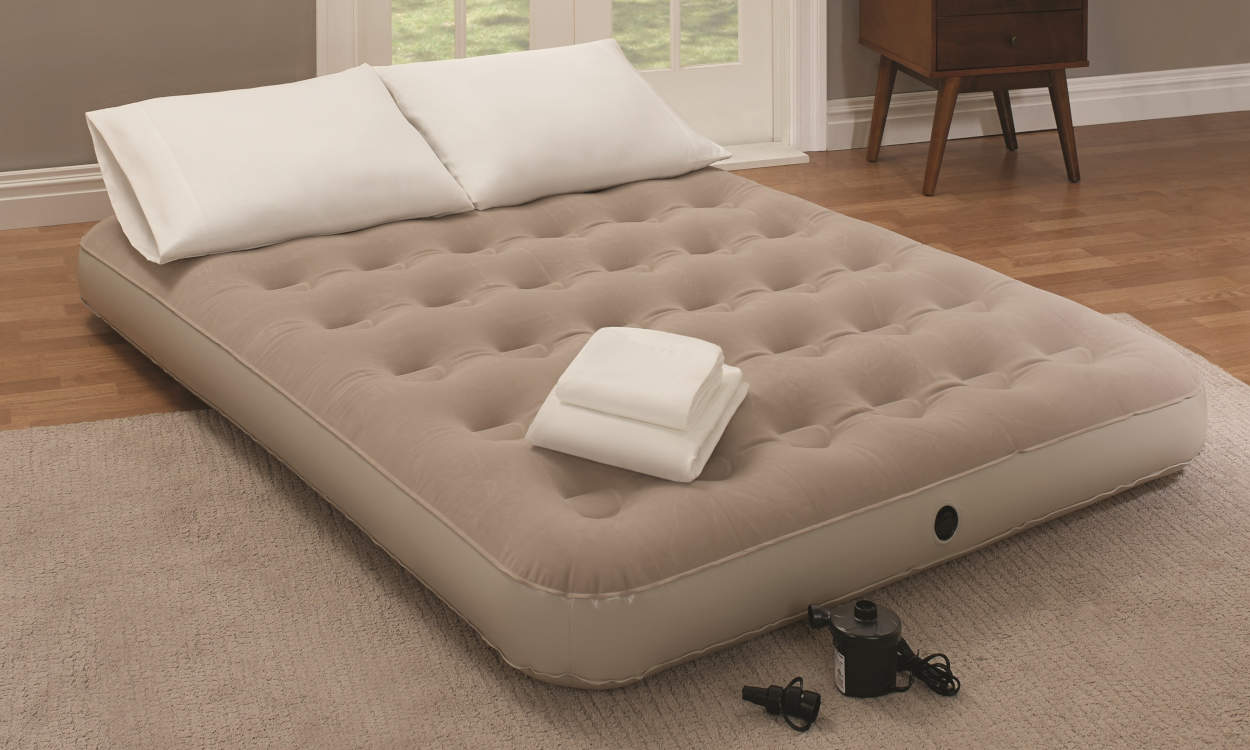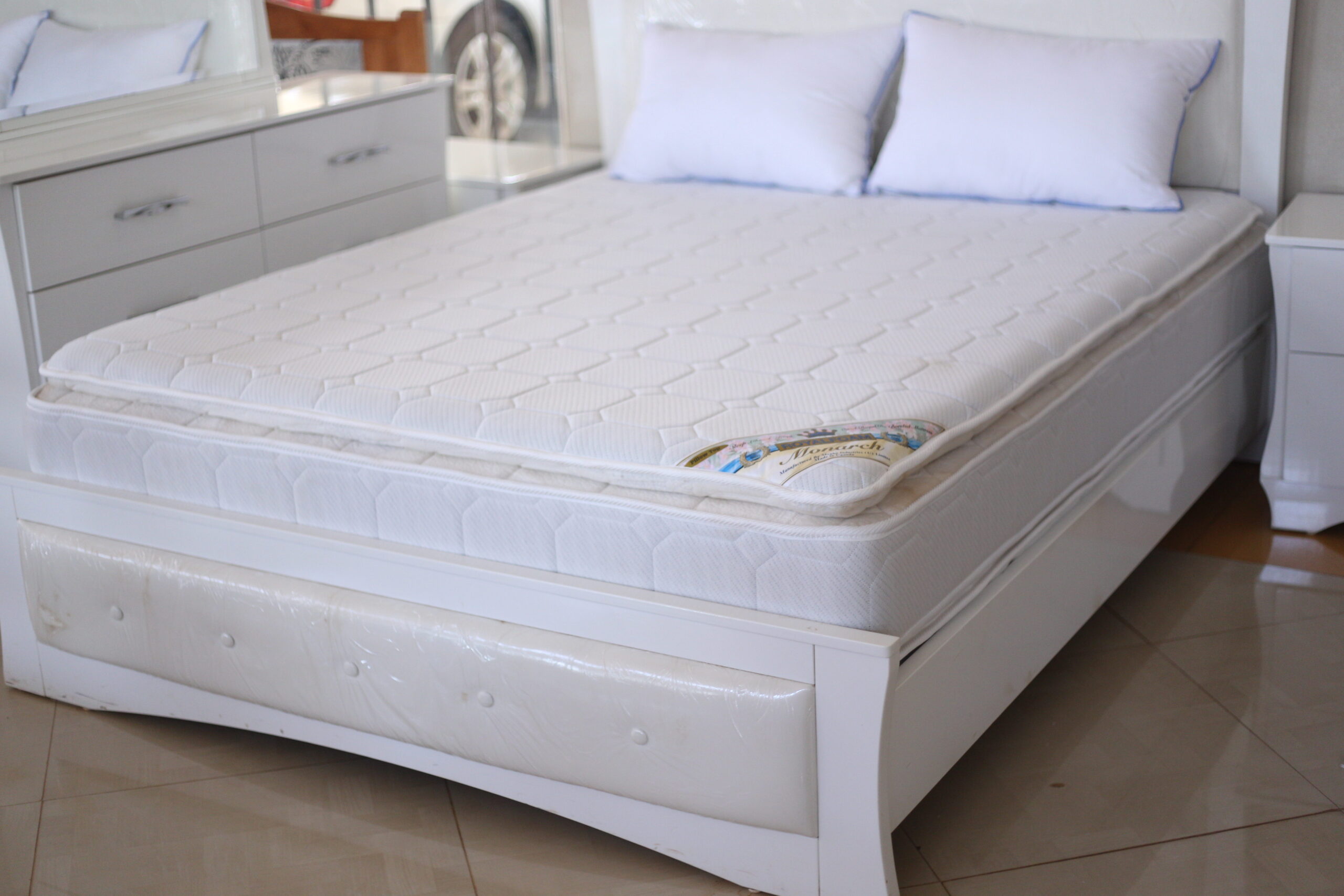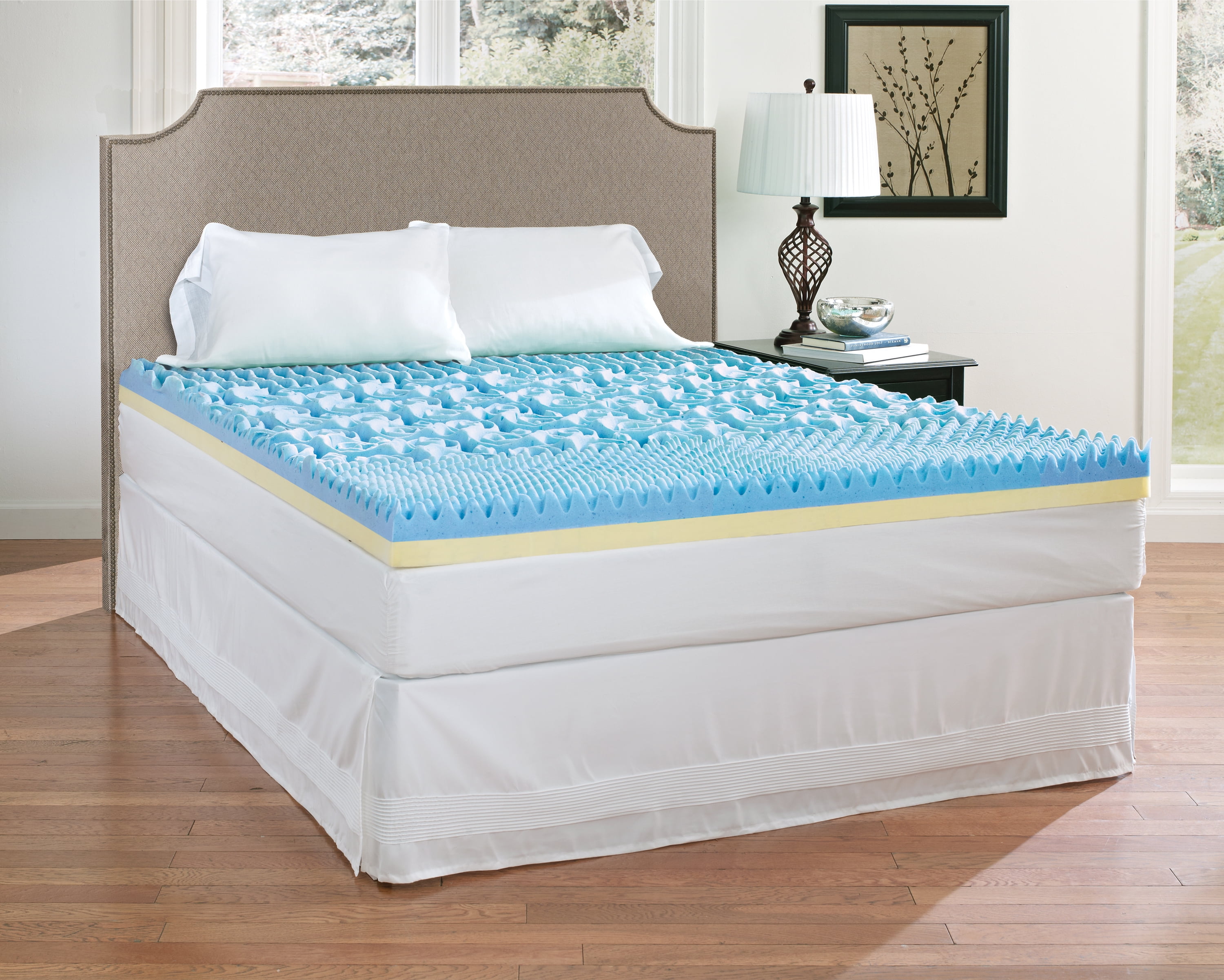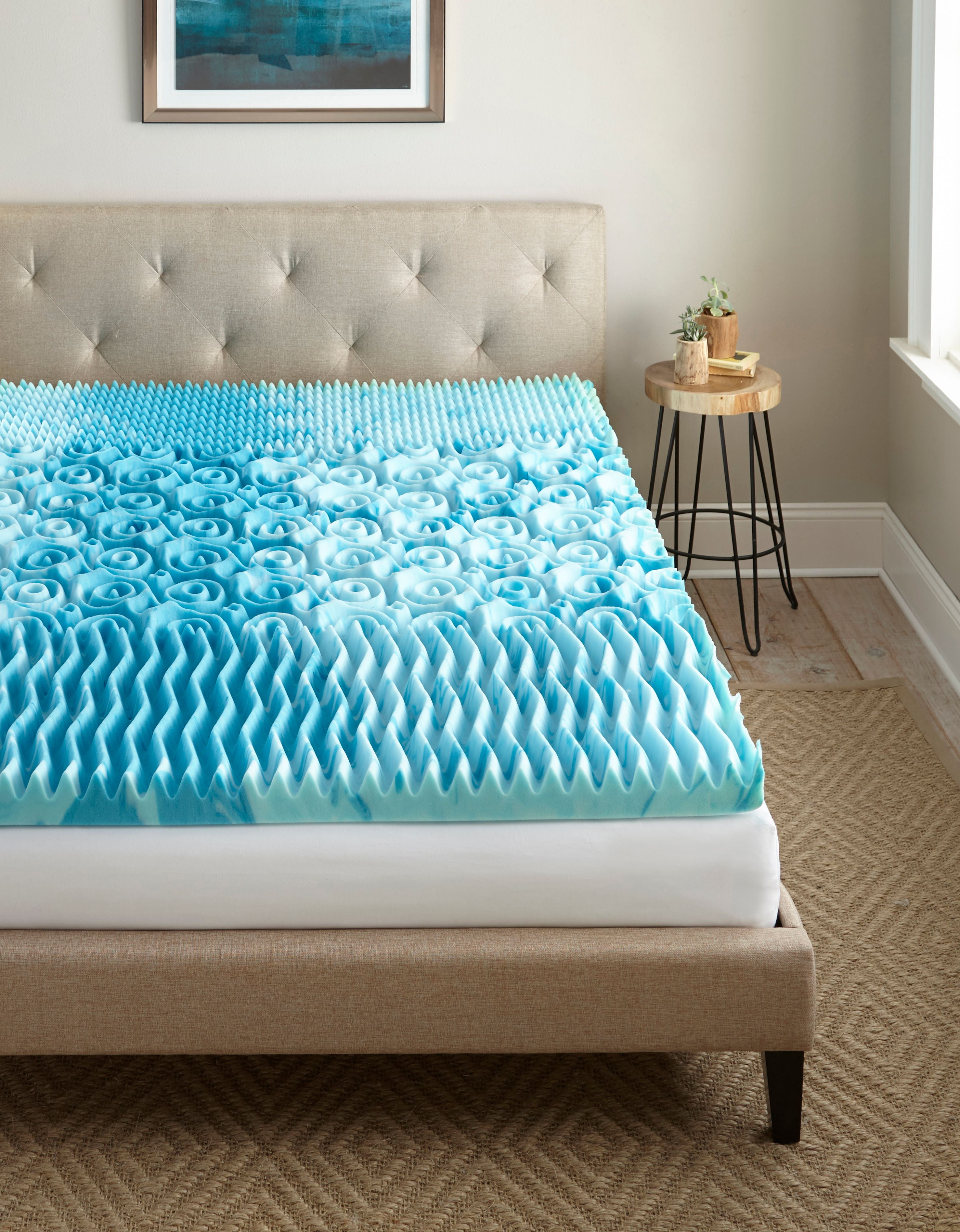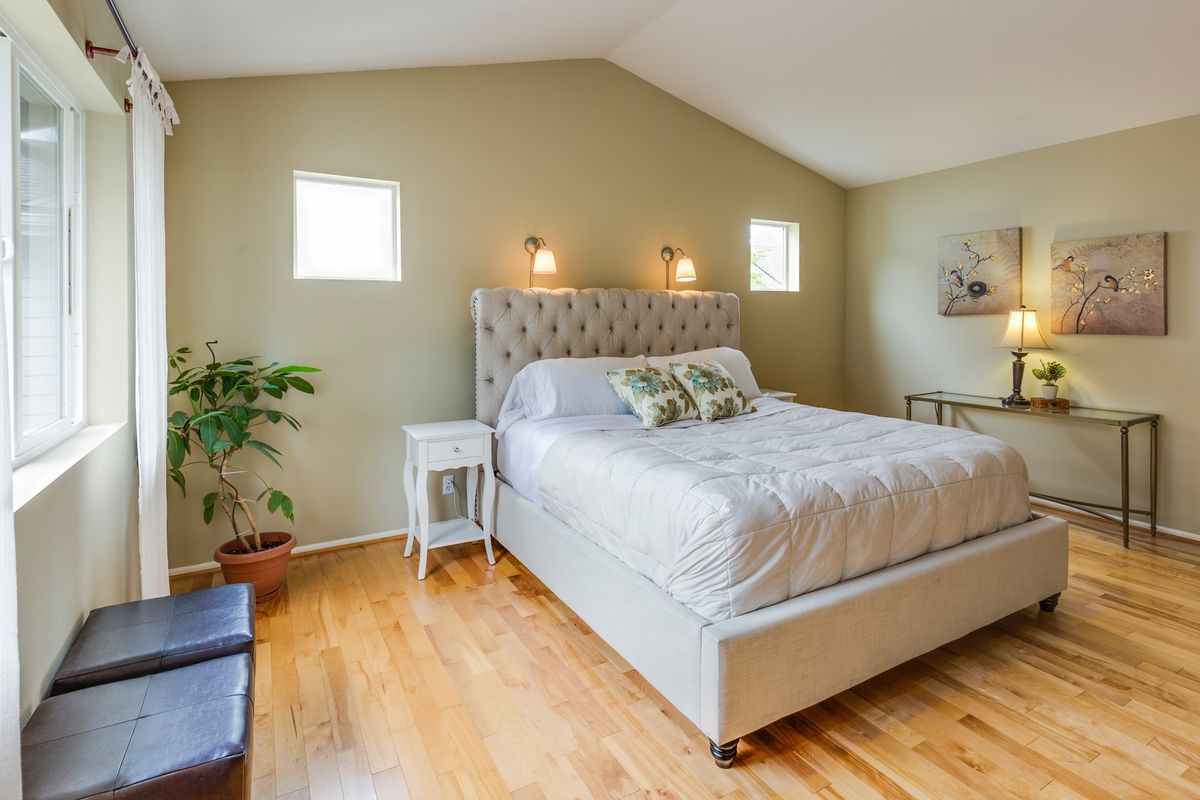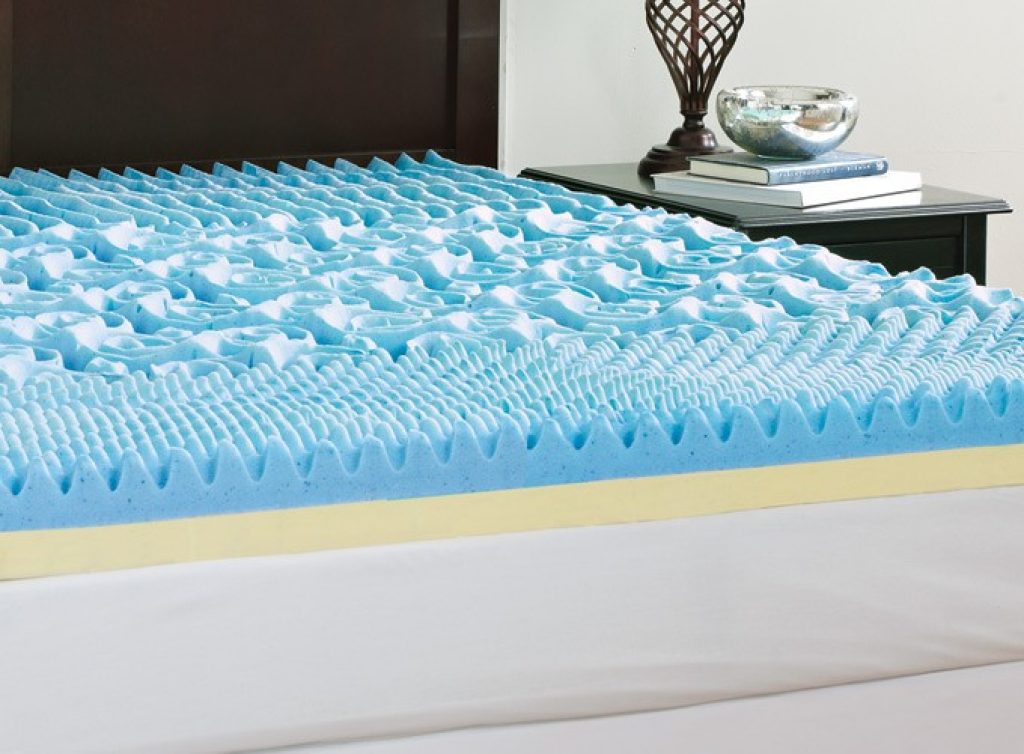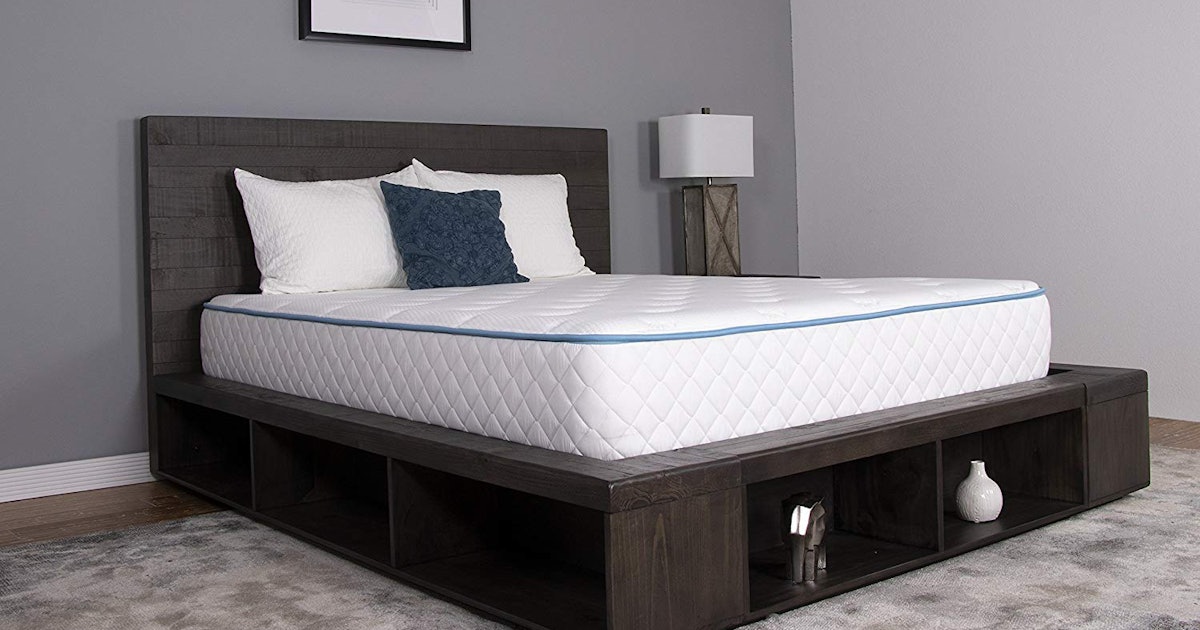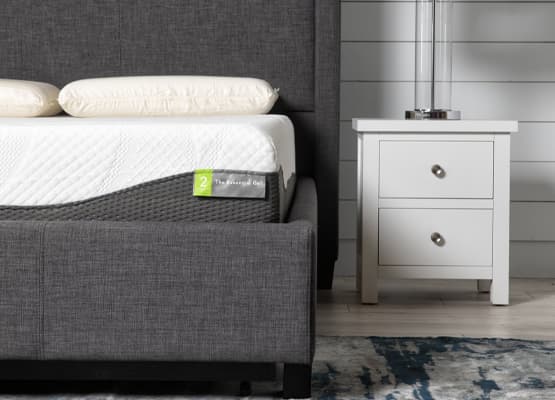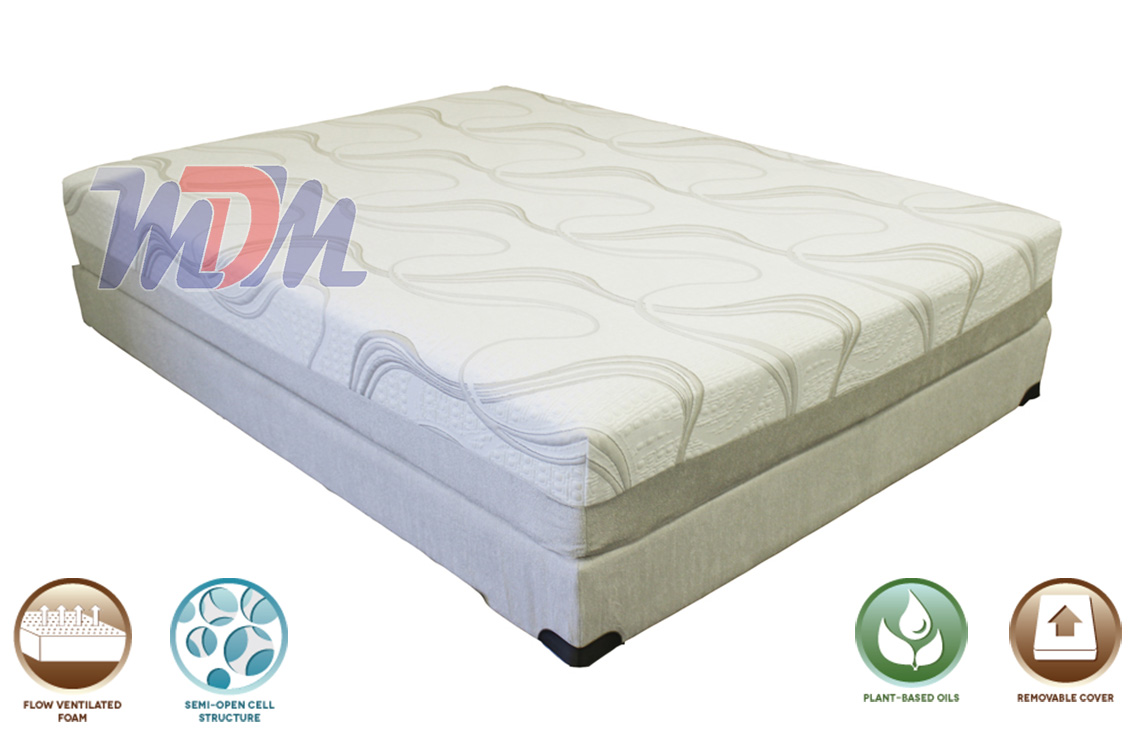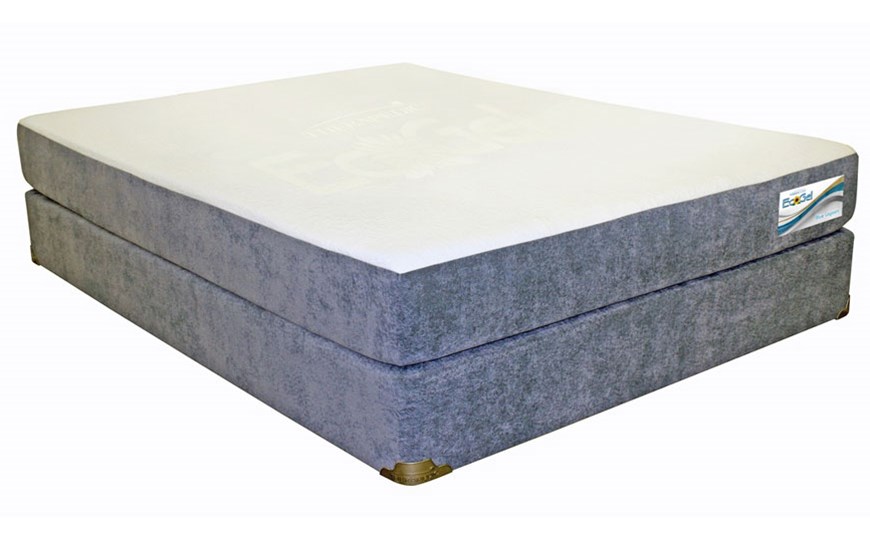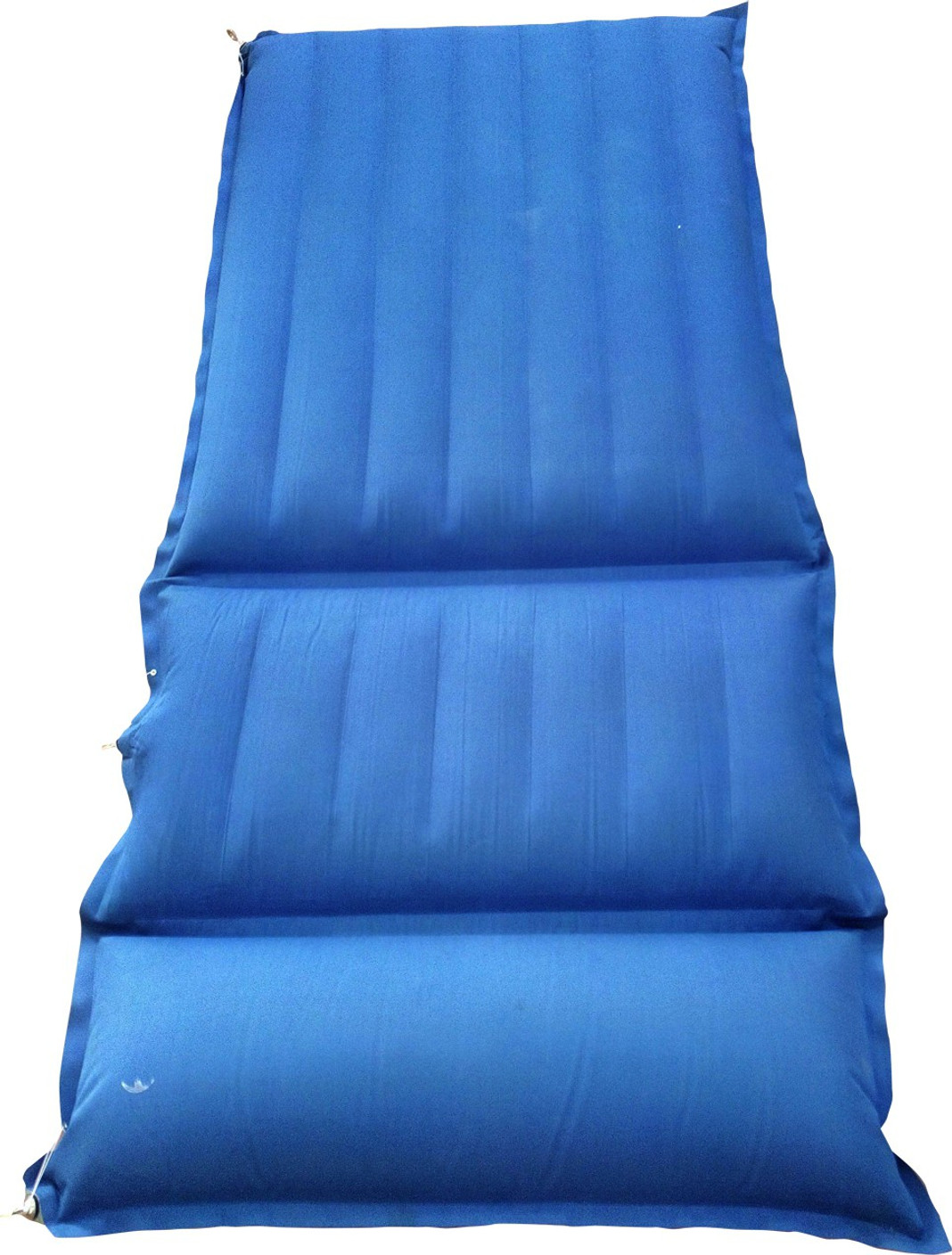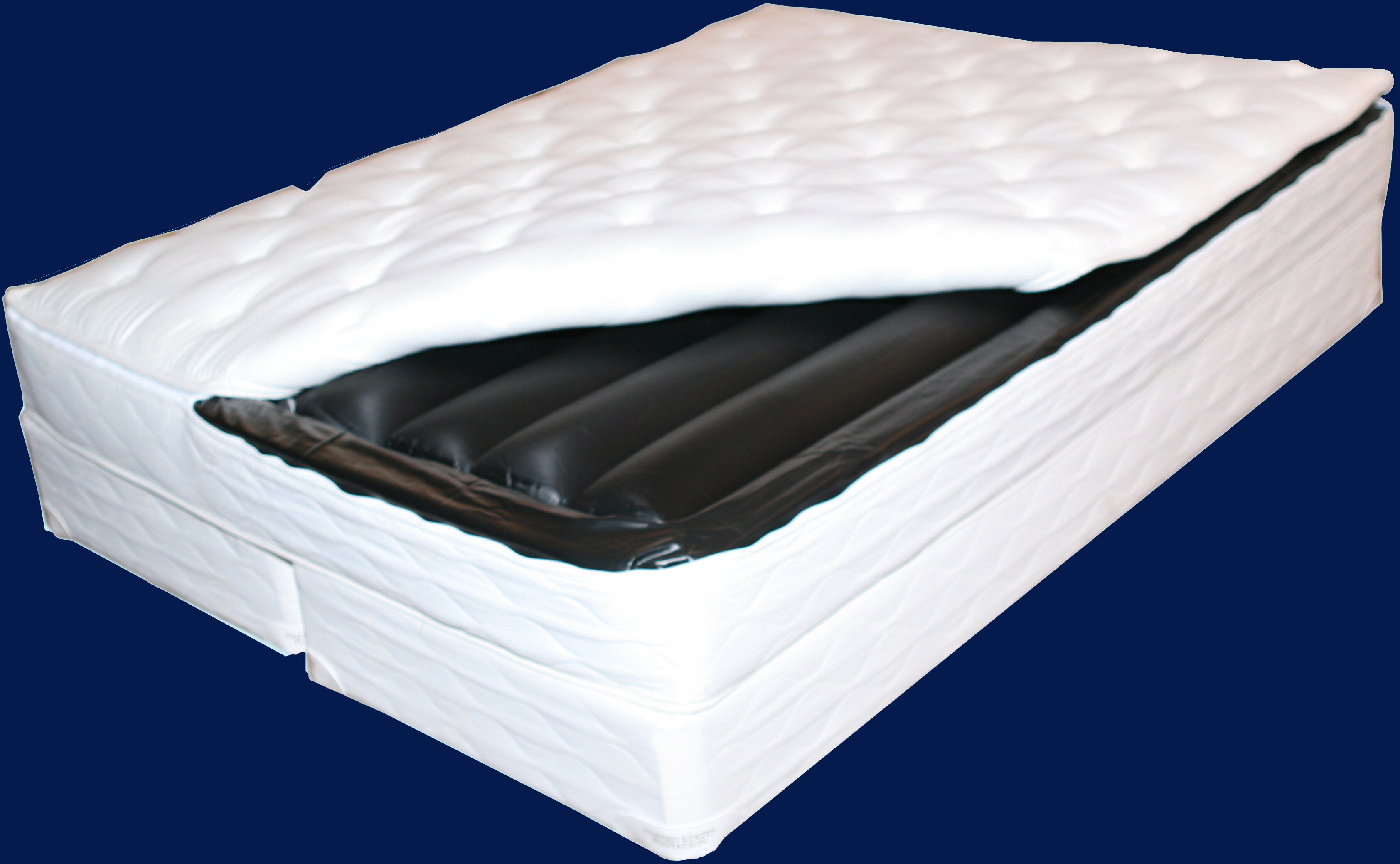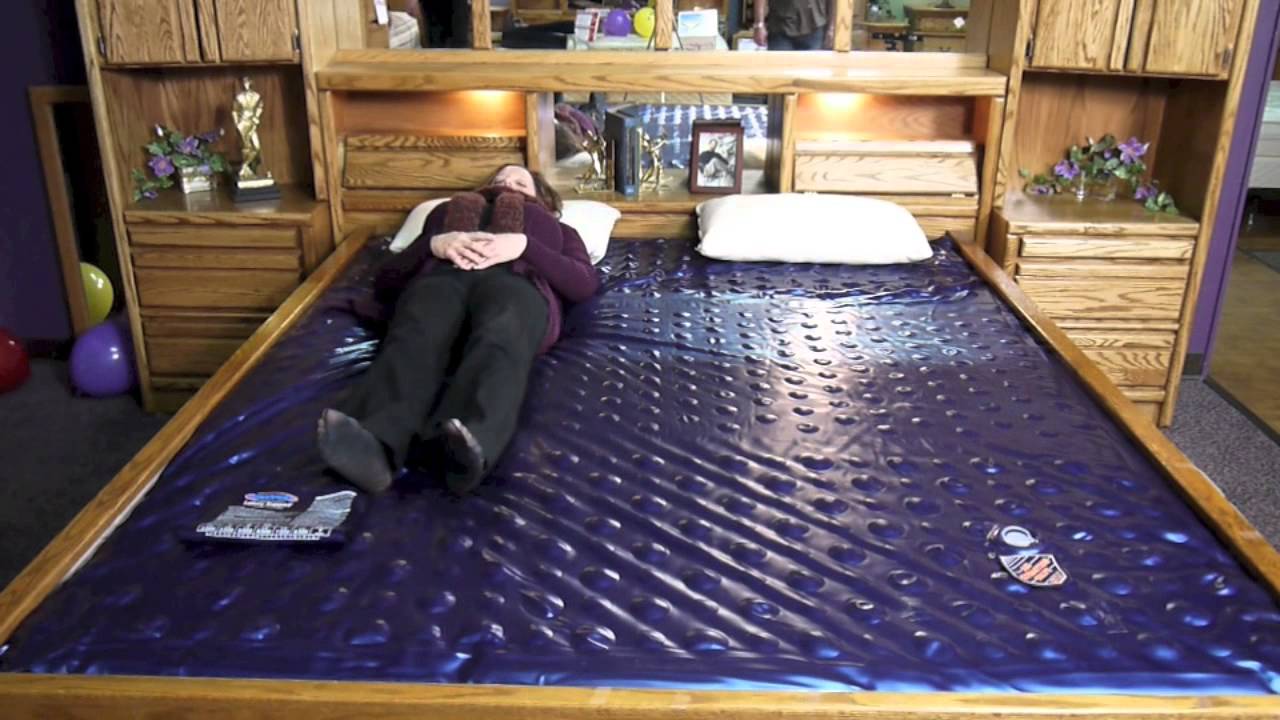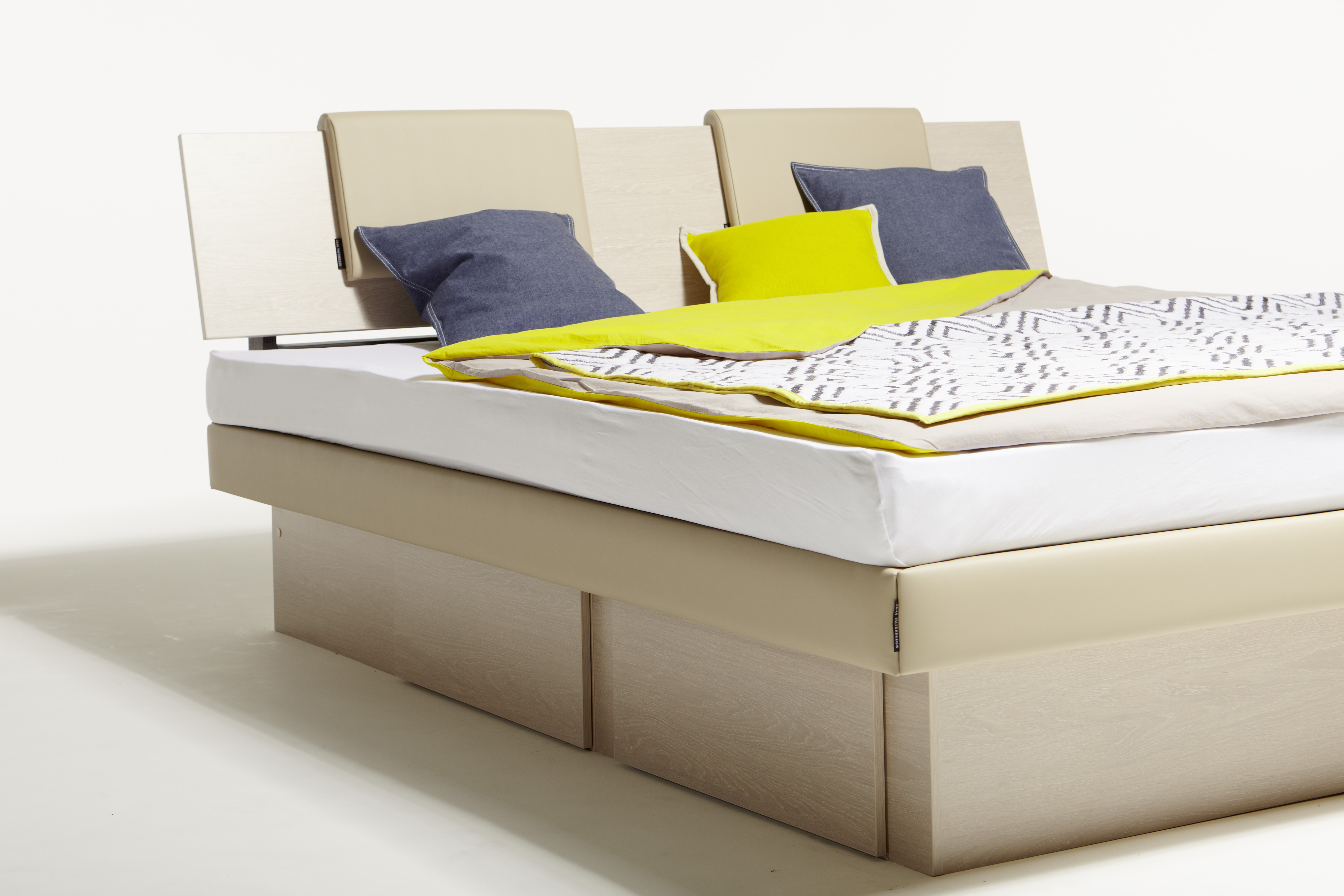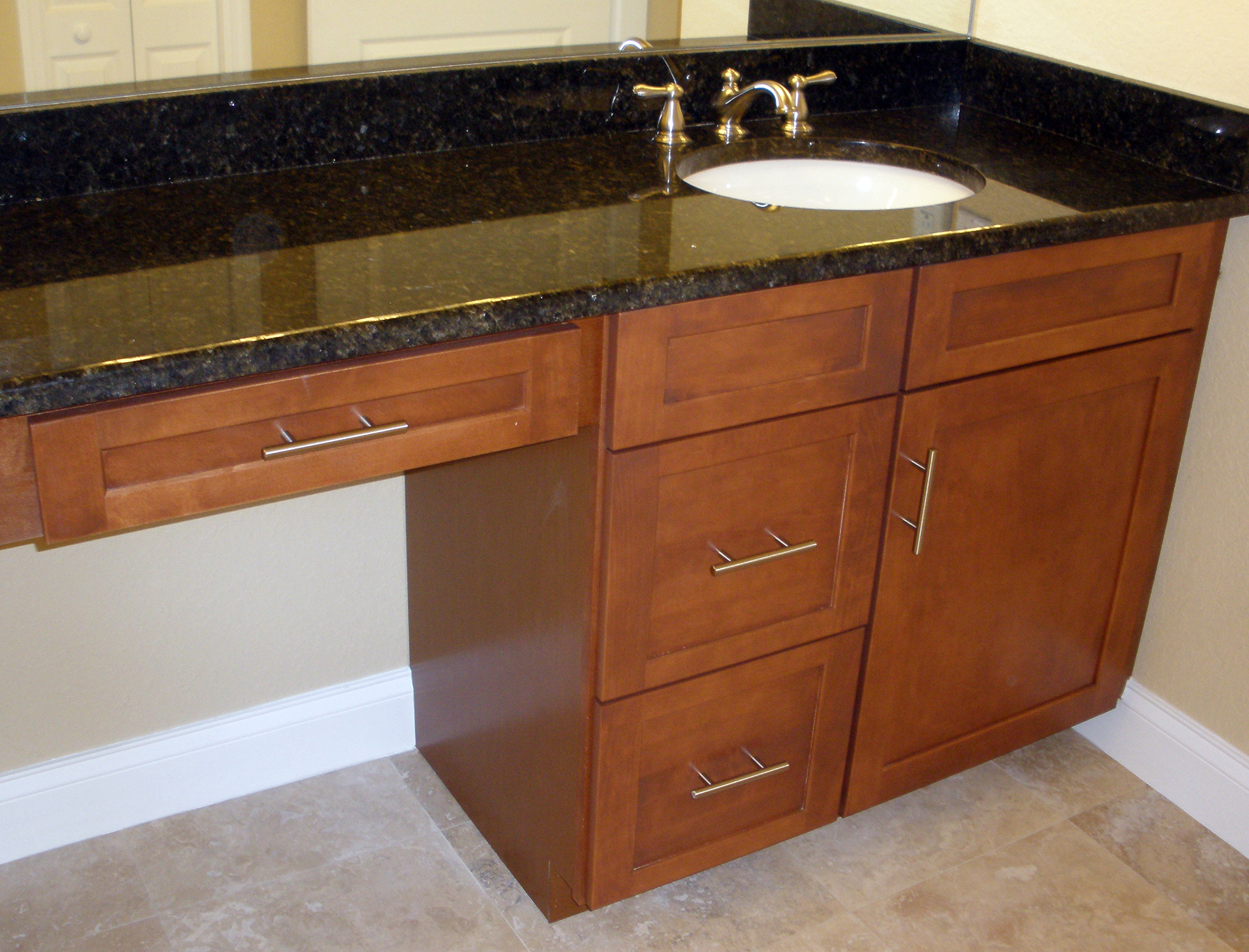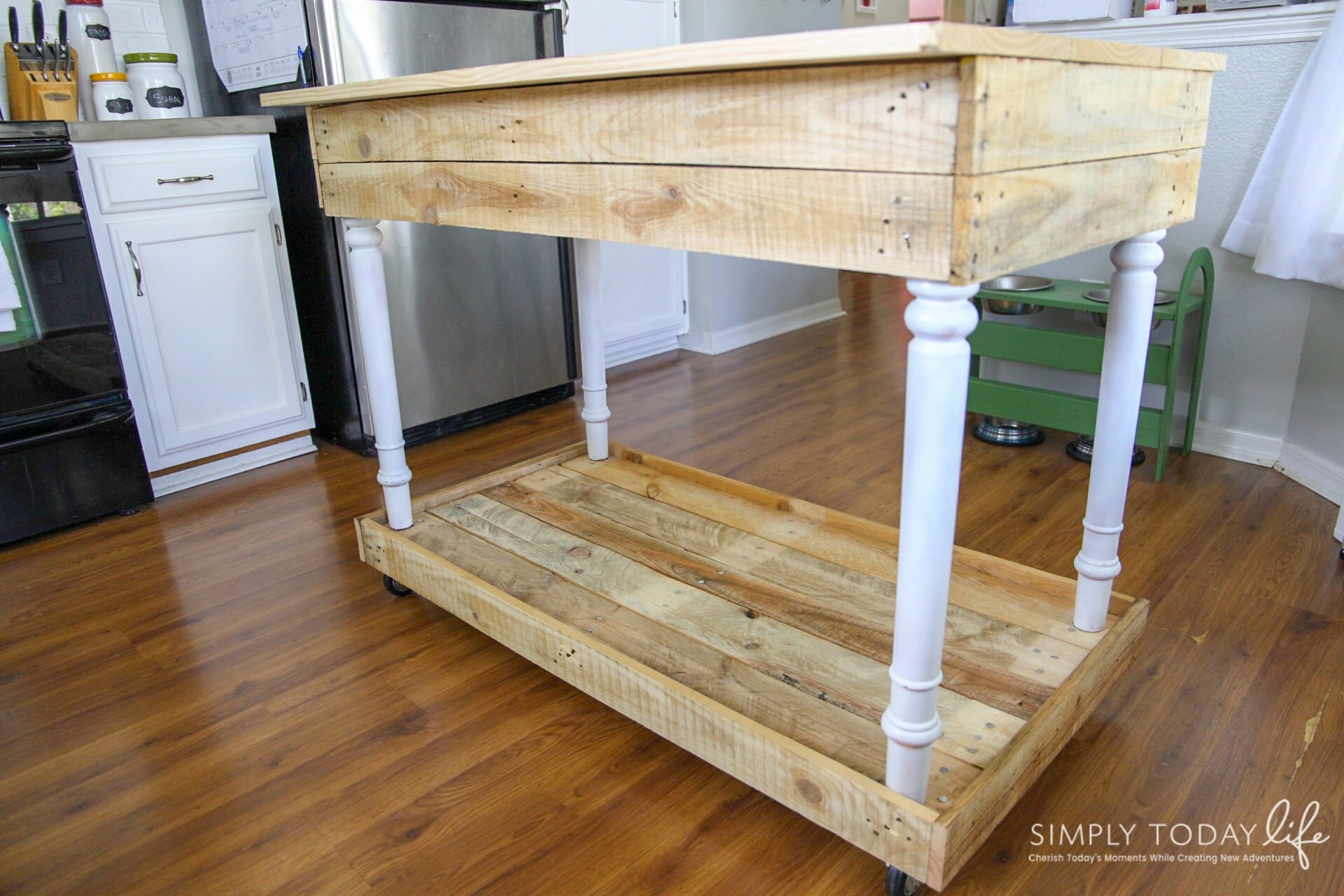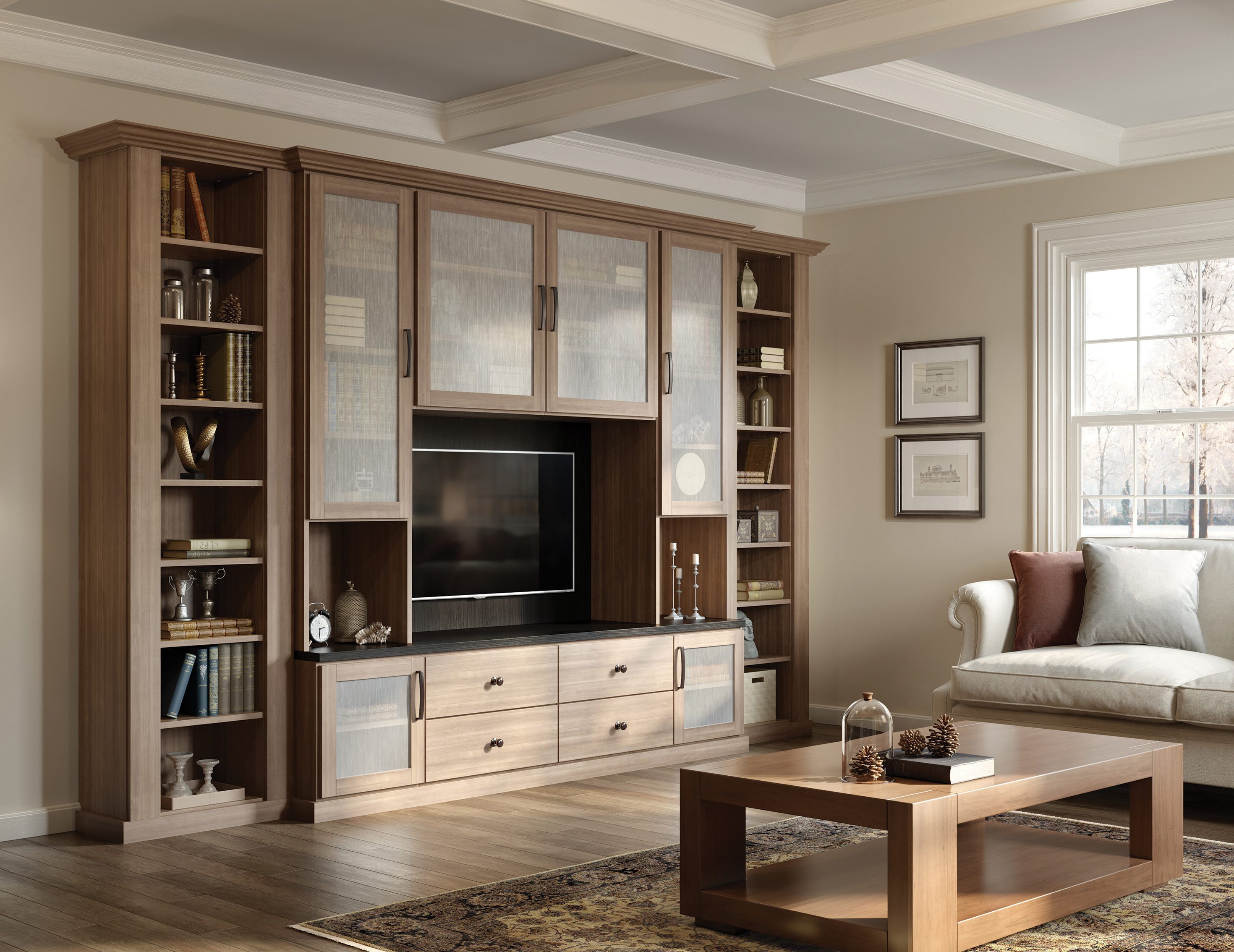Adjustable Hospital Beds
Hospital beds are designed to provide comfort and support for patients who are recovering from an illness or injury. One type of hospital bed that has become increasingly popular is the adjustable hospital bed. These beds have the ability to change positions and adjust to the specific needs of the patient, making them a versatile and essential piece of equipment in any hospital setting.
Adjustable hospital beds come in a variety of styles, but most have a basic design that includes an adjustable head and foot section. This allows the patient to elevate their upper body or legs for added comfort and support. Some models also have additional features such as a tilting function, which can help with digestion and breathing, and a trendelenburg position, which can assist with circulation and wound care.
These beds are not only beneficial for patients, but they also make it easier for caregivers to provide quality care. With the ability to adjust the bed to the desired position, caregivers can reduce the strain on their back and avoid uncomfortable bending and reaching.
Bariatric Hospital Beds
For patients who are overweight or obese, a standard hospital bed may not provide enough support or comfort. This is where bariatric hospital beds come in. These beds are designed to accommodate heavier patients, with weight capacities ranging from 600 to 1000 pounds.
Bariatric beds are wider and longer than standard hospital beds, providing ample space for larger patients to move around comfortably. They also have a reinforced frame and heavy-duty motors, ensuring that the bed can support the extra weight without compromising safety.
In addition to the weight capacity, bariatric beds also have features that cater to the unique needs of heavier patients. This includes wider side rails for added support, a low height for easier access, and a higher weight limit for accessories such as overbed tables and IV poles.
Low Hospital Beds
For patients who are at risk of falling or have mobility issues, low hospital beds are a crucial piece of equipment. These beds have a lower height than standard hospital beds, making it easier for patients to get in and out of bed. They also have a broader base, providing more stability and reducing the risk of falls.
Low hospital beds are often used in long-term care facilities, where patients may spend a significant amount of time in bed. The lower height allows for easier transfers to and from wheelchairs and other mobility aids, reducing the strain on both patients and caregivers.
These beds also come with features such as side rails and bed alarms to further enhance patient safety and prevent falls. Some models also have a built-in scale, making it easier for healthcare professionals to monitor weight and fluid levels.
Electric Hospital Beds
Electric hospital beds are a staple in most hospitals and care facilities, thanks to their convenience and versatility. These beds have an electric motor that allows for easy adjustment of the head, foot, and overall height of the bed.
Electric hospital beds come with a remote control, allowing patients to adjust the bed to their desired position without having to rely on caregivers. This promotes independence and gives patients a sense of control over their care.
In addition to the standard head and foot adjustments, some models also have a hi-low function, which allows the bed to be lowered to the ground, making it easier for patients to get in and out of bed. This function also benefits caregivers, as it reduces the strain on their back and makes it easier to provide care.
Manual Hospital Beds
While electric hospital beds offer convenience, manual hospital beds are a more affordable option for hospitals and care facilities on a budget. These beds have a hand crank that allows for manual adjustment of the head, foot, and height of the bed.
Manual hospital beds are ideal for patients who do not require frequent adjustments and do not have mobility issues. They are also a popular choice for home care settings, as they are lightweight and easy to maneuver.
Despite not having an electric motor, manual hospital beds still offer features such as side rails, bed alarms, and a low height for added safety and convenience.
Pressure Relief Mattresses
For patients who are bedridden or have limited mobility, pressure ulcers are a common concern. Pressure relief mattresses are specifically designed to prevent and treat pressure ulcers by redistributing weight and reducing pressure on certain areas of the body.
These mattresses come in various types, including foam, air, gel, and water. Each type has its benefits, but the goal is the same – to provide support and reduce pressure on vulnerable areas such as the hips, shoulders, and heels.
Pressure relief mattresses are essential for patients who are at risk of developing pressure ulcers, as they can significantly improve comfort and prevent serious complications.
Air Mattresses
One type of pressure relief mattress is the air mattress. These mattresses use a series of air cells that inflate and deflate to redistribute pressure and provide support. They are often used in intensive care units and for patients who are at high risk of developing pressure ulcers.
Air mattresses come with various features, such as adjustable firmness and alternating pressure, which can help improve circulation and prevent skin breakdown. They are also an excellent option for patients who are sensitive to pressure and need a more comfortable sleeping surface.
Foam Mattresses
Another popular type of pressure relief mattress is the foam mattress. These mattresses are made of high-density foam, which contours to the body and provides support while also reducing pressure on vulnerable areas.
Foam mattresses are a more affordable option compared to air mattresses and are also easier to maintain. They are an excellent choice for patients who require long-term bed rest and need a comfortable and supportive sleeping surface.
Gel Mattresses
Gel mattresses are another type of pressure relief mattress that uses a gel layer to redistribute pressure and provide support. The gel conforms to the body, reducing pressure on sensitive areas and promoting proper alignment.
These mattresses are ideal for patients with limited mobility, as they can help prevent pressure ulcers and improve comfort. They are also a popular choice for patients with chronic pain, as the gel layer can provide relief and reduce discomfort.
Water Mattresses
Similar to gel mattresses, water mattresses use water to contour to the body and provide support. They are often used for patients with burns, as the water can help soothe and cool the affected areas.
Water mattresses can also be beneficial for patients with chronic pain and those who require pressure relief. They are durable and easy to clean, making them a practical option for healthcare facilities.
Ergonomic Benefits of Hospital Beds and Mattresses

Providing Comfort and Support for Patients
 When it comes to hospital beds and mattresses, one of the most important factors to consider is the level of comfort and support they provide for patients.
Ergonomic
designs are specifically crafted to promote proper body alignment and reduce pressure points, which is crucial for patients who may be bedridden for extended periods of time. This not only helps to alleviate any discomfort or pain, but it also helps to prevent the development of bedsores.
Support
is also crucial for patients with underlying health conditions, as it can aid in their recovery process and improve their overall well-being.
When it comes to hospital beds and mattresses, one of the most important factors to consider is the level of comfort and support they provide for patients.
Ergonomic
designs are specifically crafted to promote proper body alignment and reduce pressure points, which is crucial for patients who may be bedridden for extended periods of time. This not only helps to alleviate any discomfort or pain, but it also helps to prevent the development of bedsores.
Support
is also crucial for patients with underlying health conditions, as it can aid in their recovery process and improve their overall well-being.
Adjustability for Personalized Care
 Another major advantage of hospital beds and mattresses is their
adjustability
. Unlike traditional beds, these specialized options come with a variety of features that can be adjusted to cater to a patient's specific needs. This includes the ability to adjust the head, foot, and height of the bed, as well as the firmness of the mattress. This
customization
allows for personalized care and can greatly enhance a patient's comfort and recovery process.
Another major advantage of hospital beds and mattresses is their
adjustability
. Unlike traditional beds, these specialized options come with a variety of features that can be adjusted to cater to a patient's specific needs. This includes the ability to adjust the head, foot, and height of the bed, as well as the firmness of the mattress. This
customization
allows for personalized care and can greatly enhance a patient's comfort and recovery process.
Enhancing Safety and Accessibility
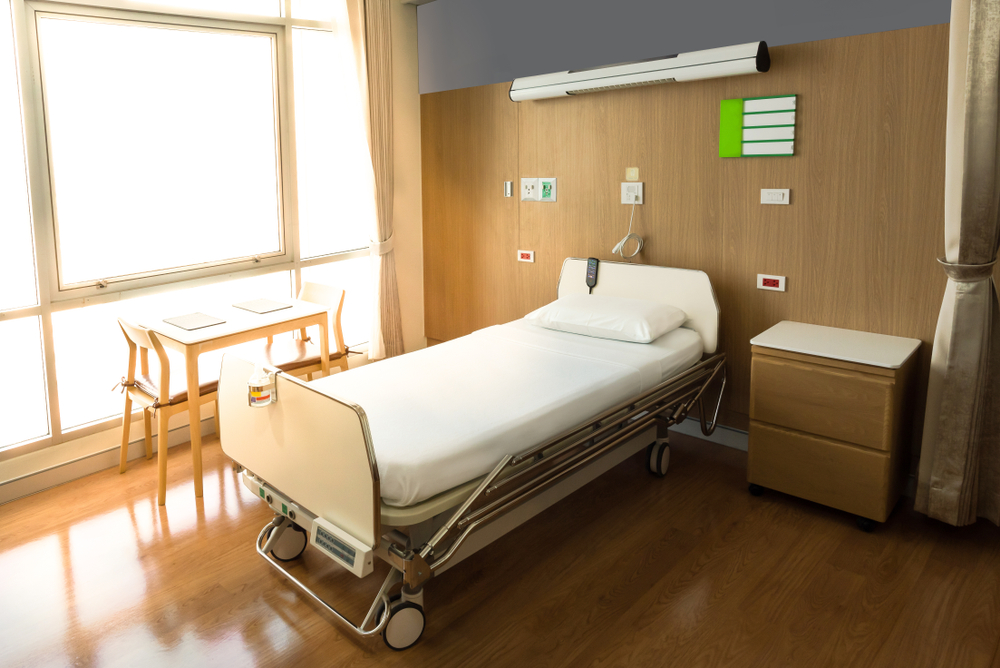 Safety and accessibility are key considerations when it comes to hospital beds and mattresses. These products are designed to provide a safe and secure environment for patients, especially those with limited mobility. Features such as
side rails
and
locking mechanisms
ensure that patients are protected from falls and other accidents. In addition, hospital beds and mattresses are designed to be easily accessible for caregivers, making it easier for them to assist patients with daily tasks and medical procedures.
Safety and accessibility are key considerations when it comes to hospital beds and mattresses. These products are designed to provide a safe and secure environment for patients, especially those with limited mobility. Features such as
side rails
and
locking mechanisms
ensure that patients are protected from falls and other accidents. In addition, hospital beds and mattresses are designed to be easily accessible for caregivers, making it easier for them to assist patients with daily tasks and medical procedures.
Specialized Options for Different Needs
 Lastly, hospital beds and mattresses come in a variety of specialized options to cater to different medical needs. This includes
bariatric
beds for patients who require extra support and weight capacity,
mattresses with low air loss systems
for patients with pressure ulcers, and
overbed tables
for patients who need to eat or work while in bed. These specialized options not only provide optimal care for patients, but they also make the job of healthcare professionals and caregivers much easier.
In conclusion, hospital beds and mattresses offer a range of benefits for patients and caregivers alike. From promoting comfort and support to enhancing safety and accessibility, these products are essential for providing quality healthcare. With their ergonomic designs, adjustability, and specialized options, hospital beds and mattresses are crucial components in creating a comfortable and conducive environment for patients to heal and recover.
Lastly, hospital beds and mattresses come in a variety of specialized options to cater to different medical needs. This includes
bariatric
beds for patients who require extra support and weight capacity,
mattresses with low air loss systems
for patients with pressure ulcers, and
overbed tables
for patients who need to eat or work while in bed. These specialized options not only provide optimal care for patients, but they also make the job of healthcare professionals and caregivers much easier.
In conclusion, hospital beds and mattresses offer a range of benefits for patients and caregivers alike. From promoting comfort and support to enhancing safety and accessibility, these products are essential for providing quality healthcare. With their ergonomic designs, adjustability, and specialized options, hospital beds and mattresses are crucial components in creating a comfortable and conducive environment for patients to heal and recover.






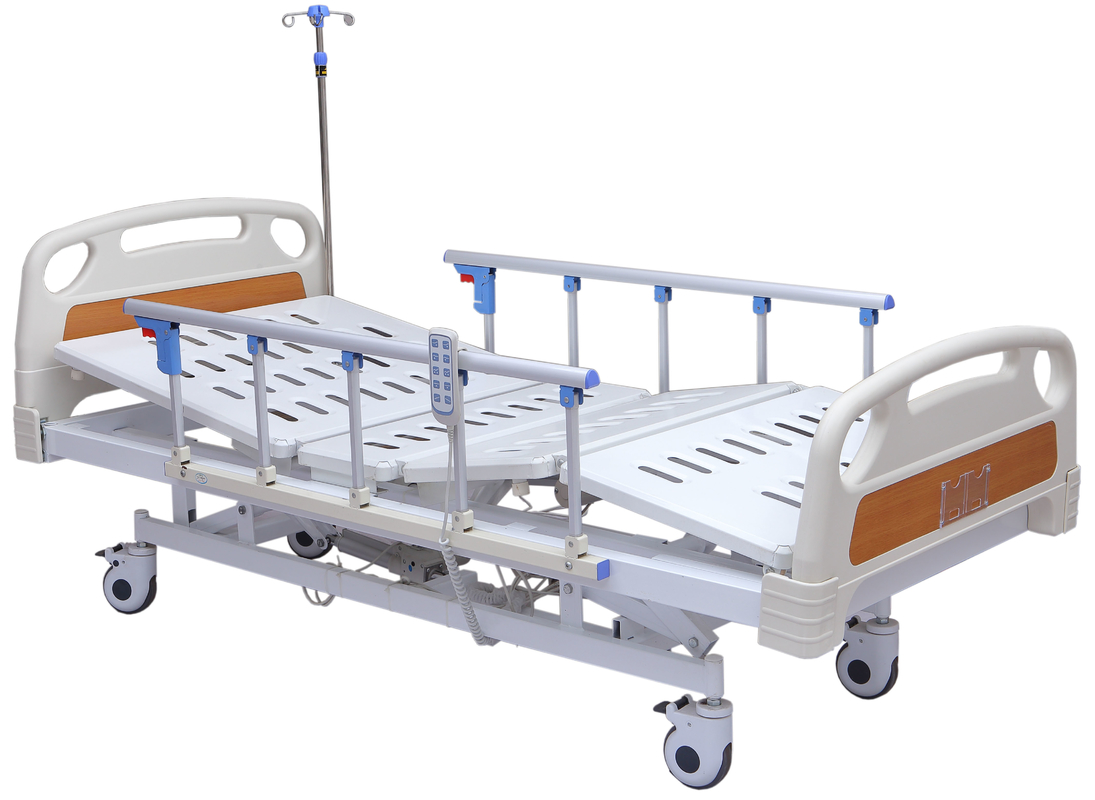


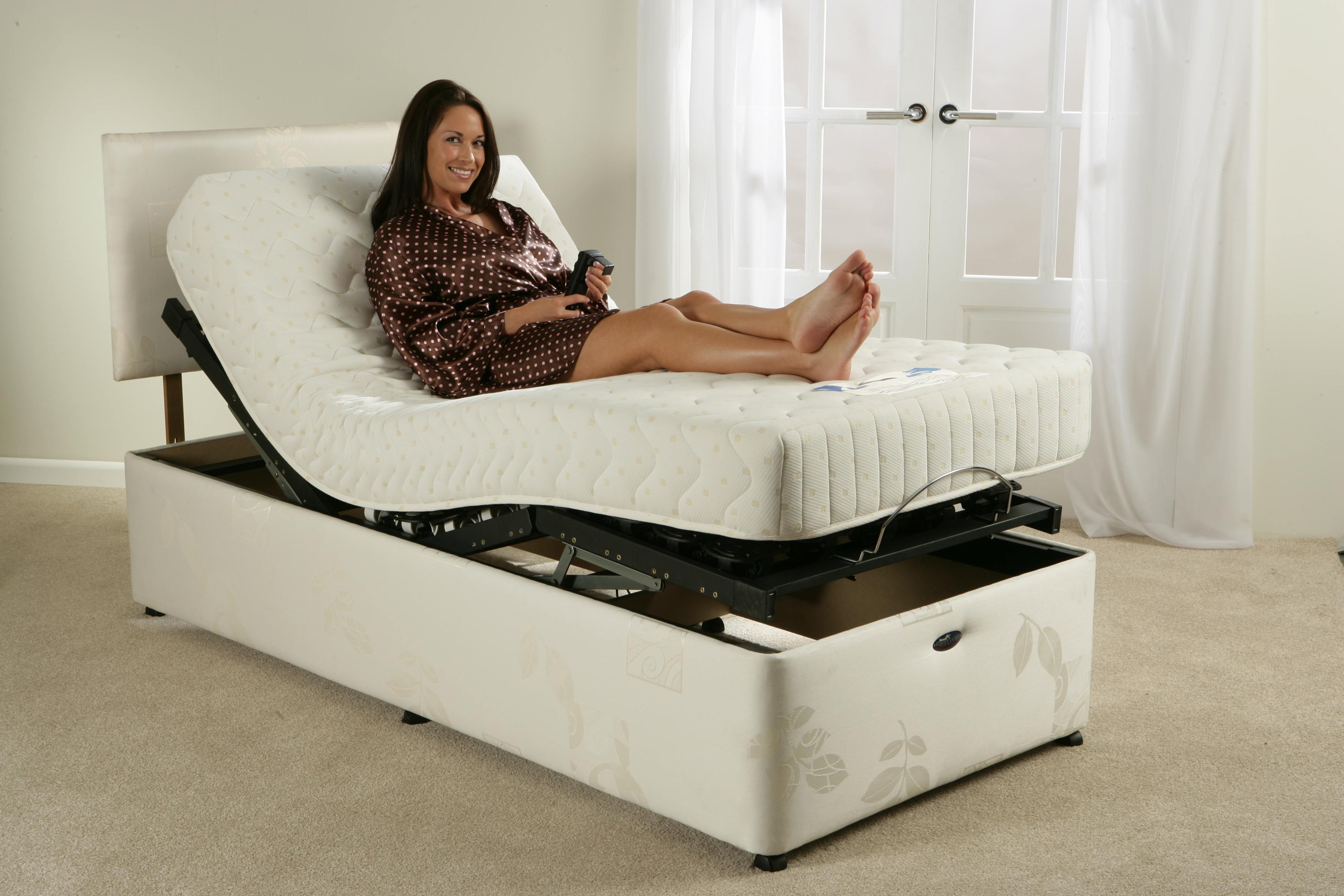

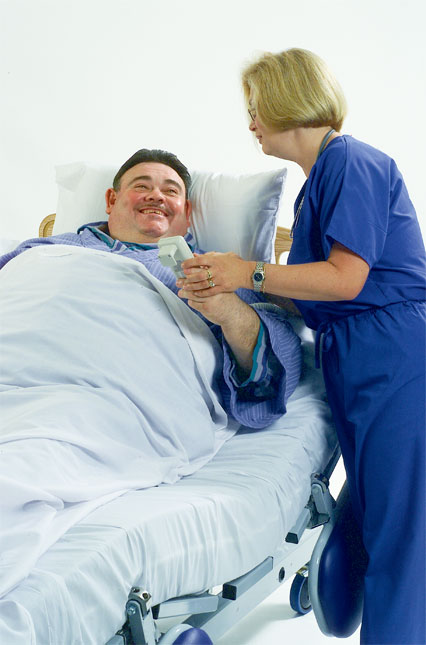
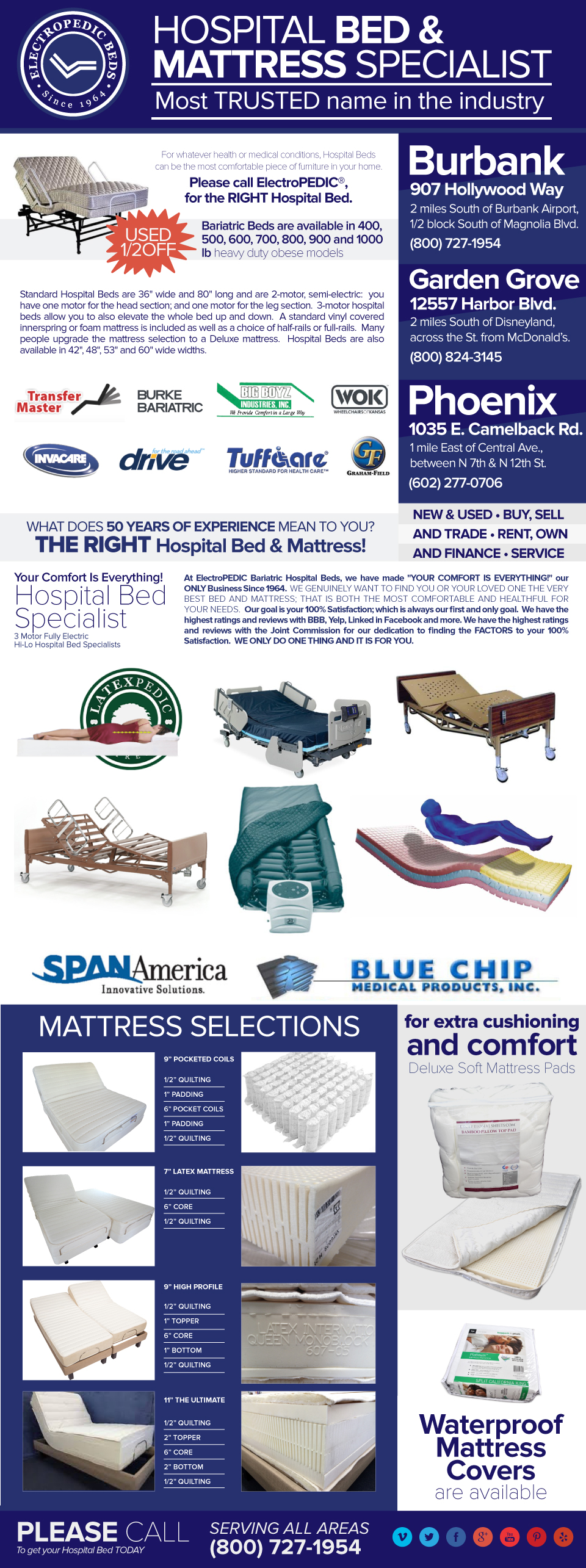

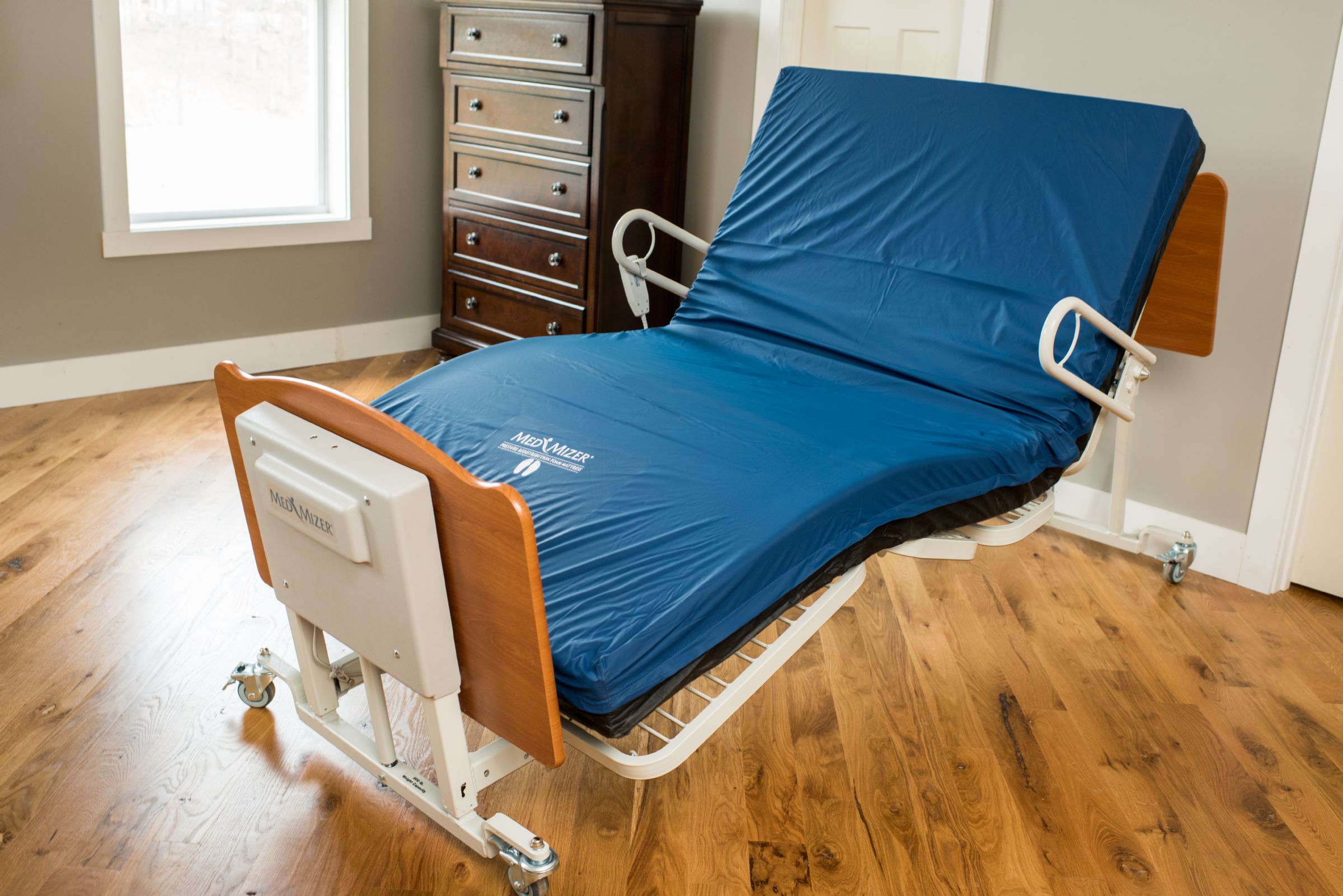
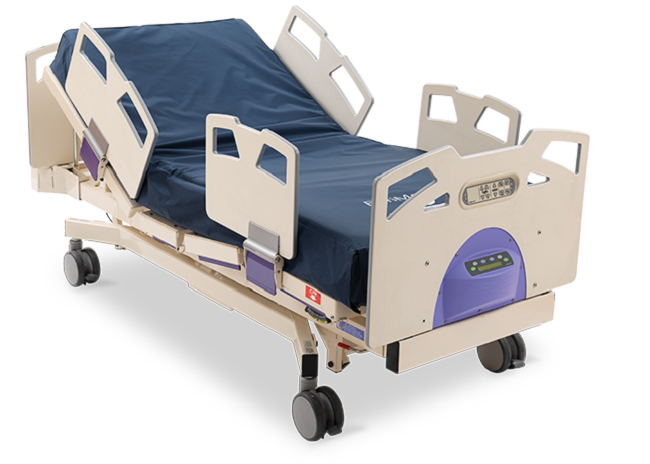
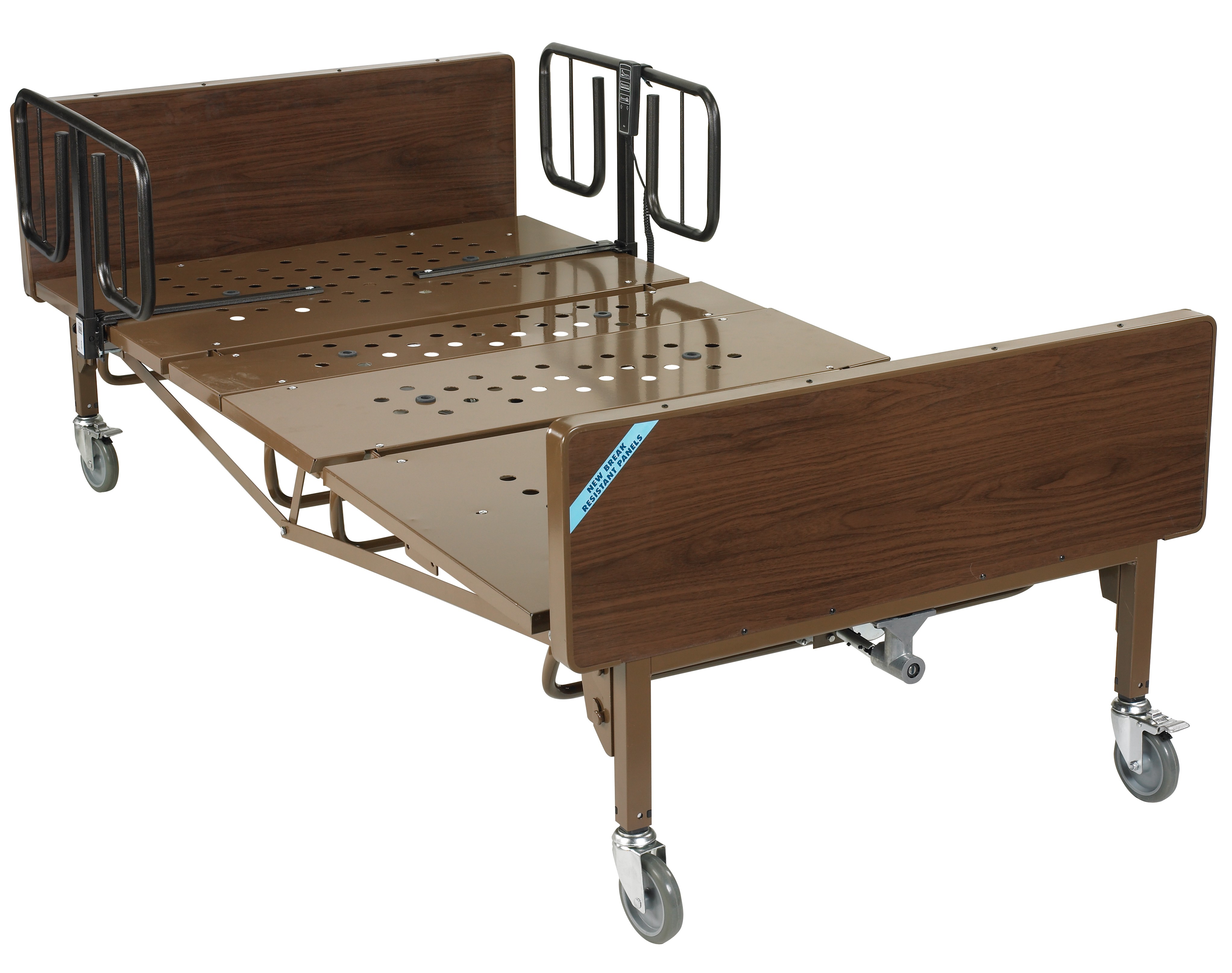


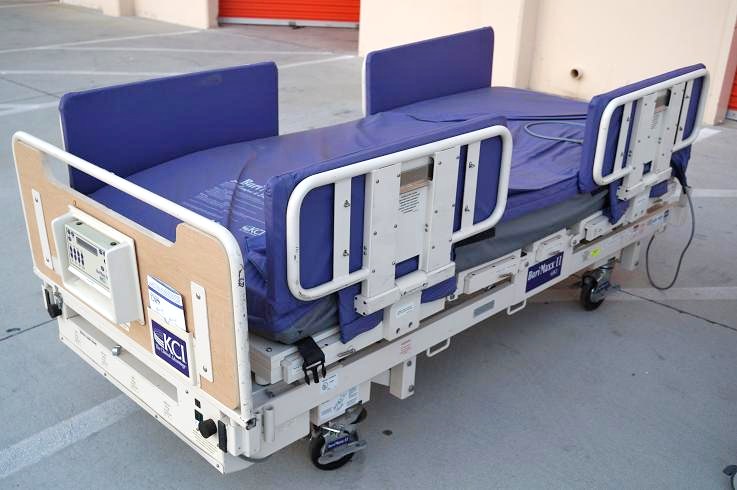

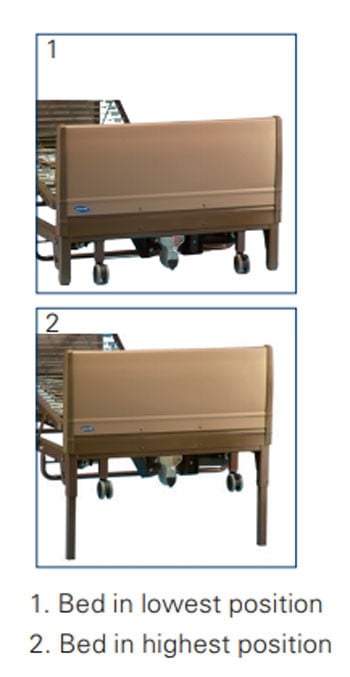

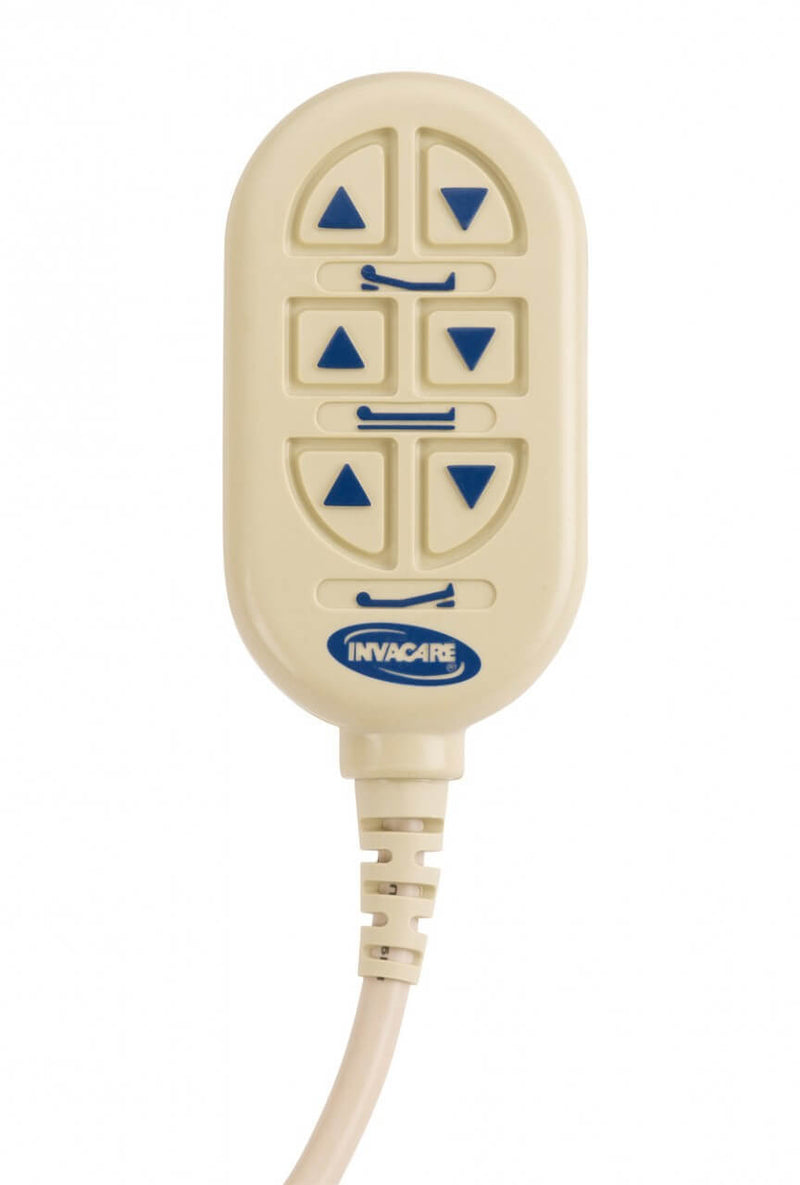


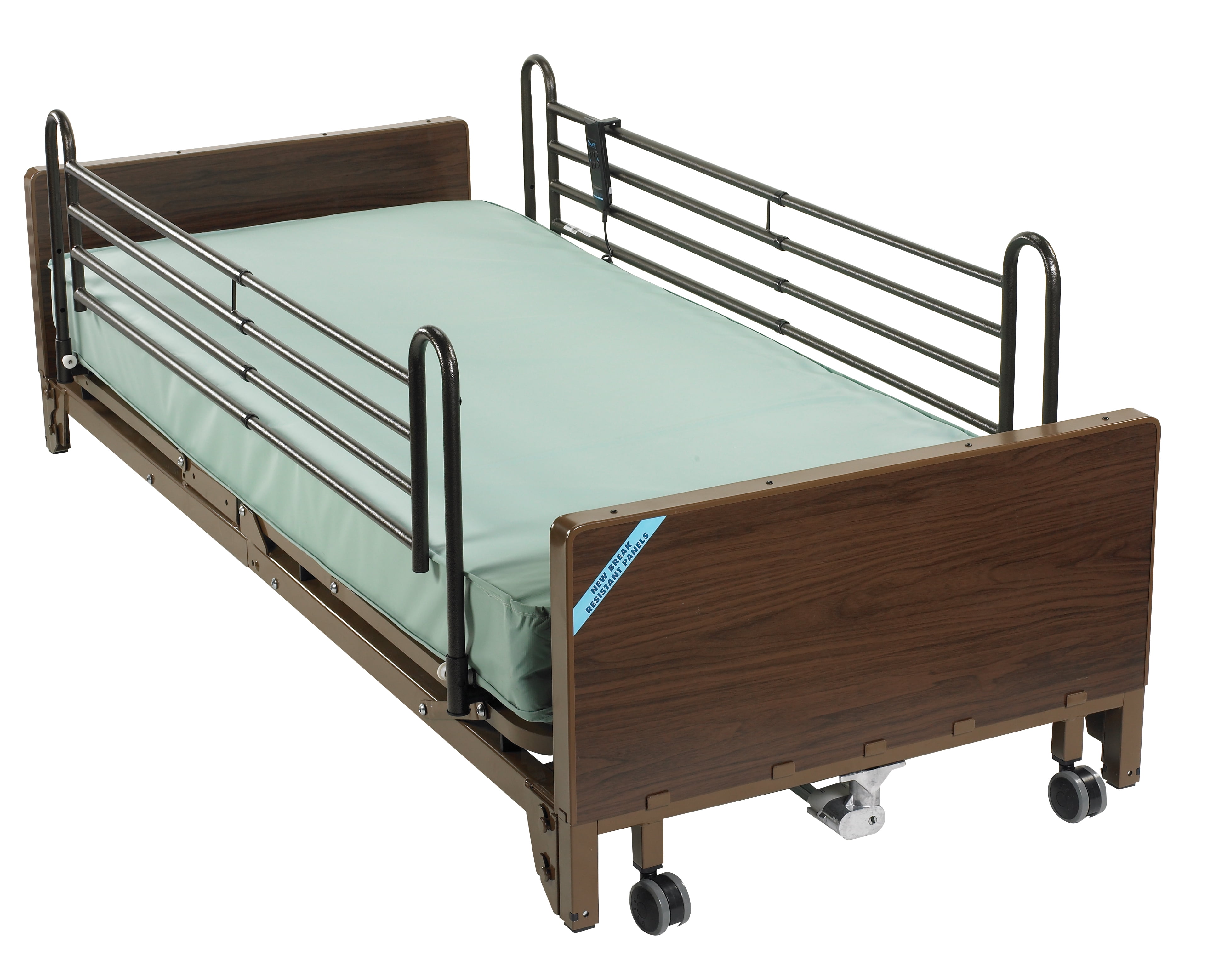

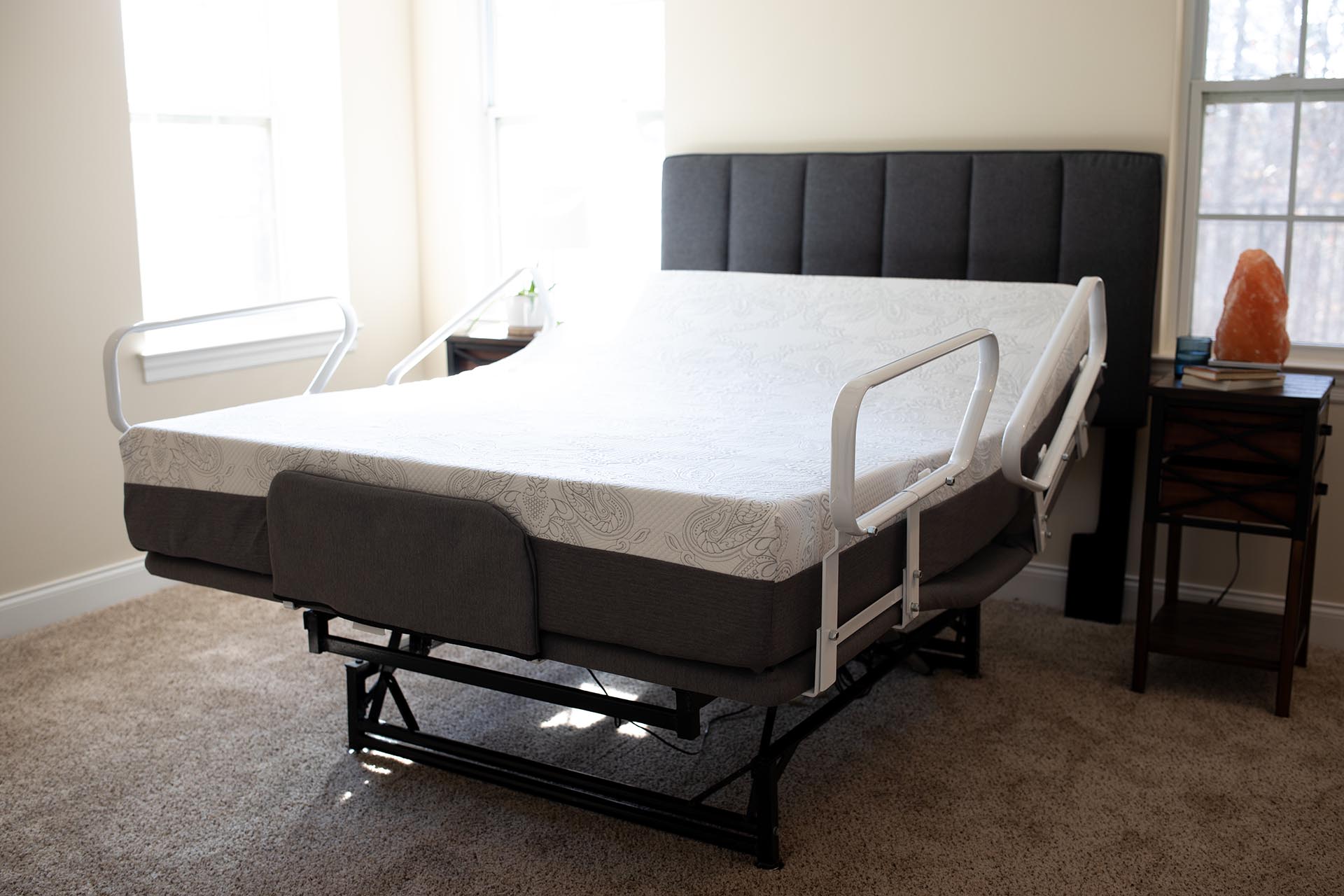


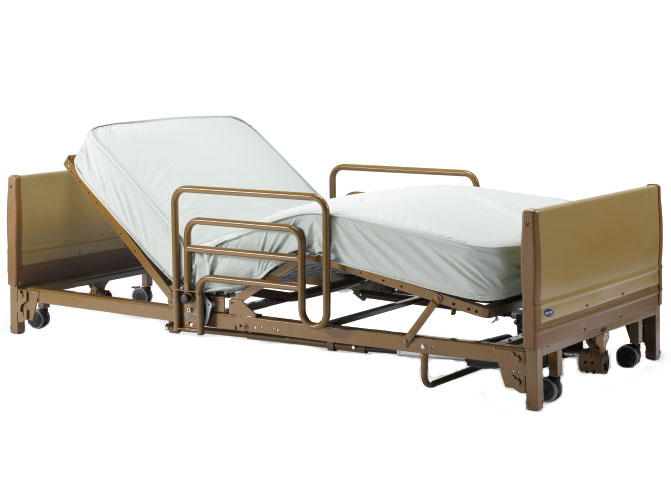

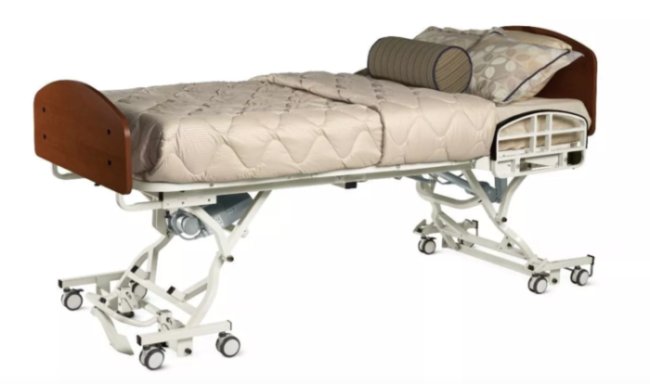



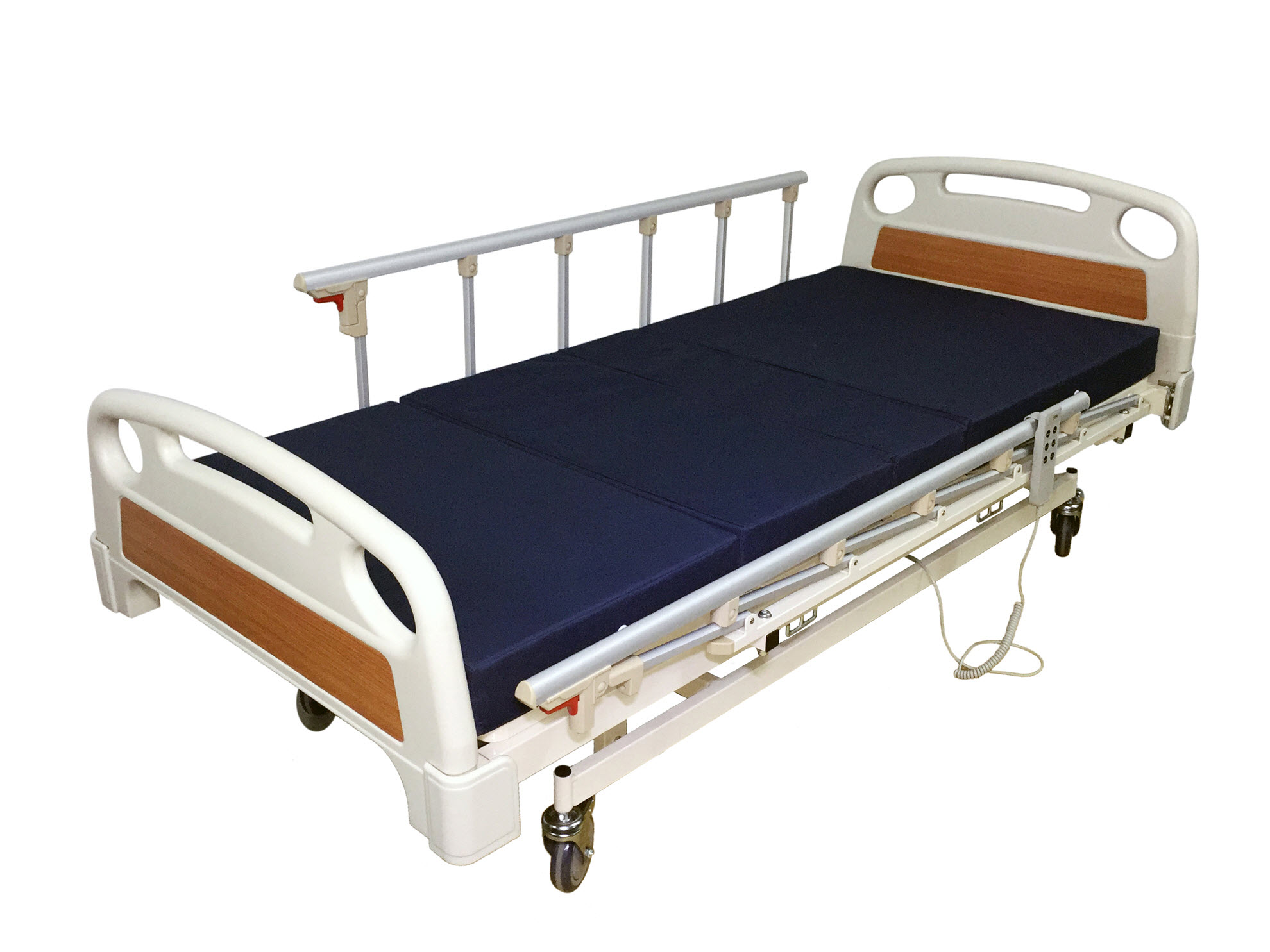
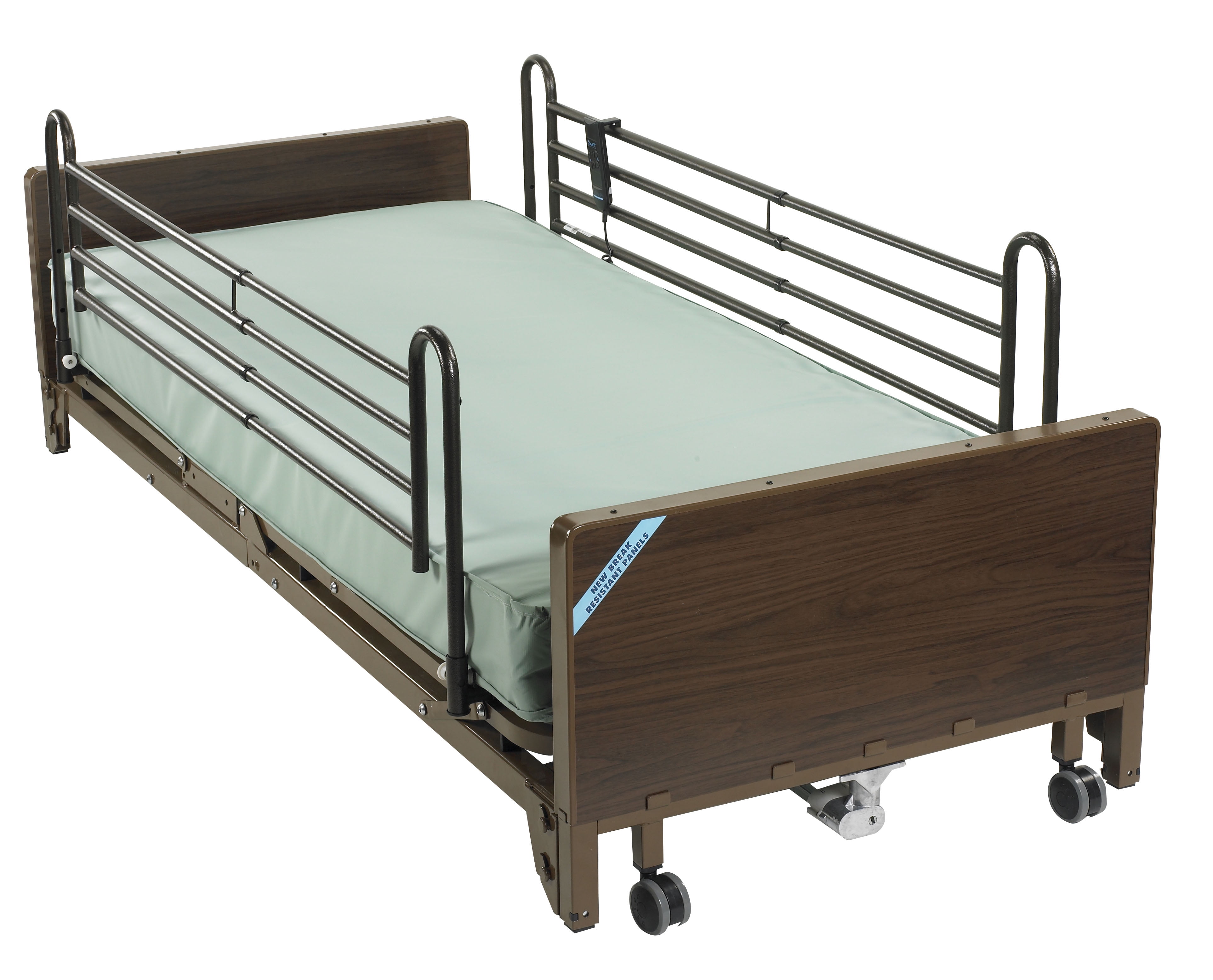

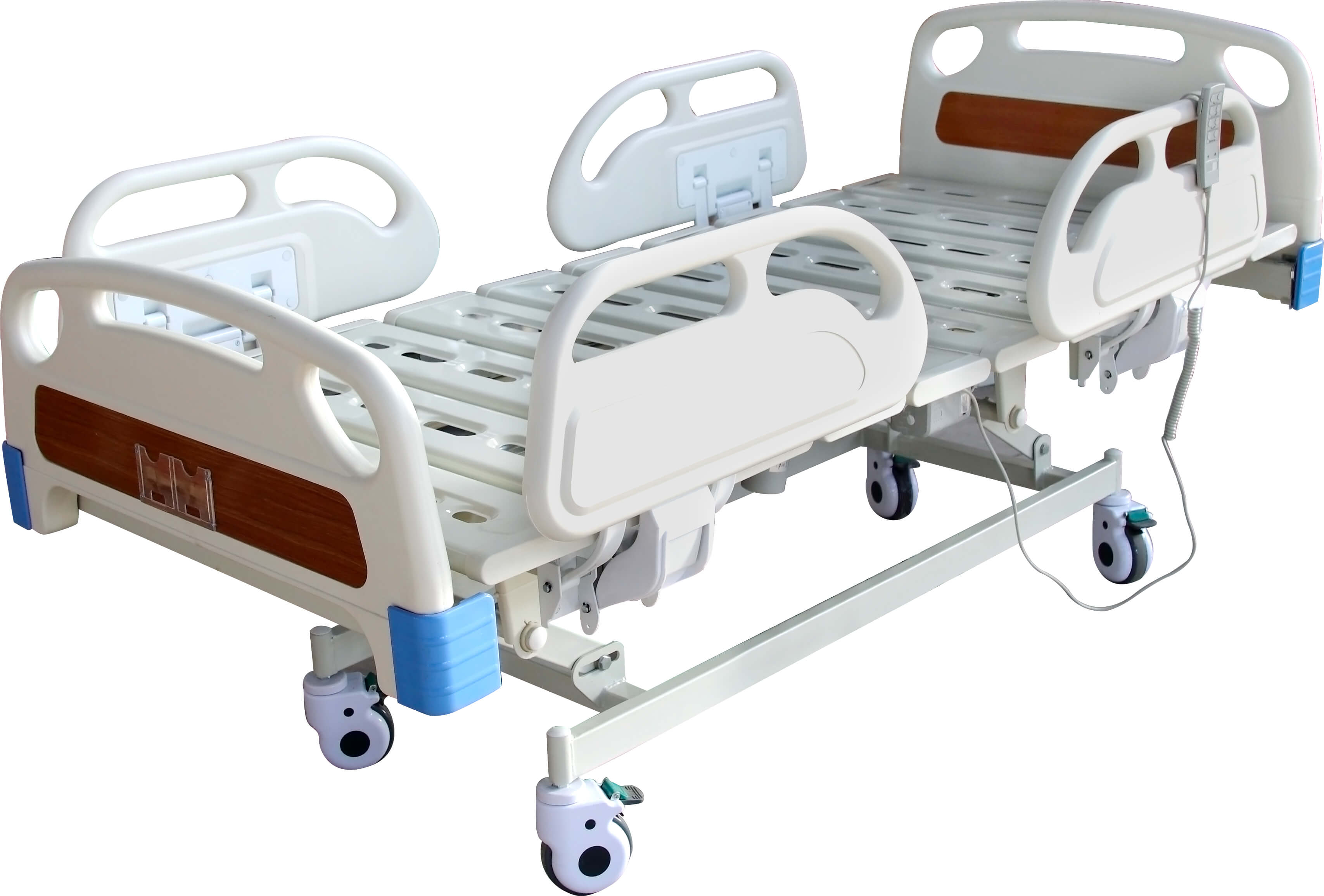
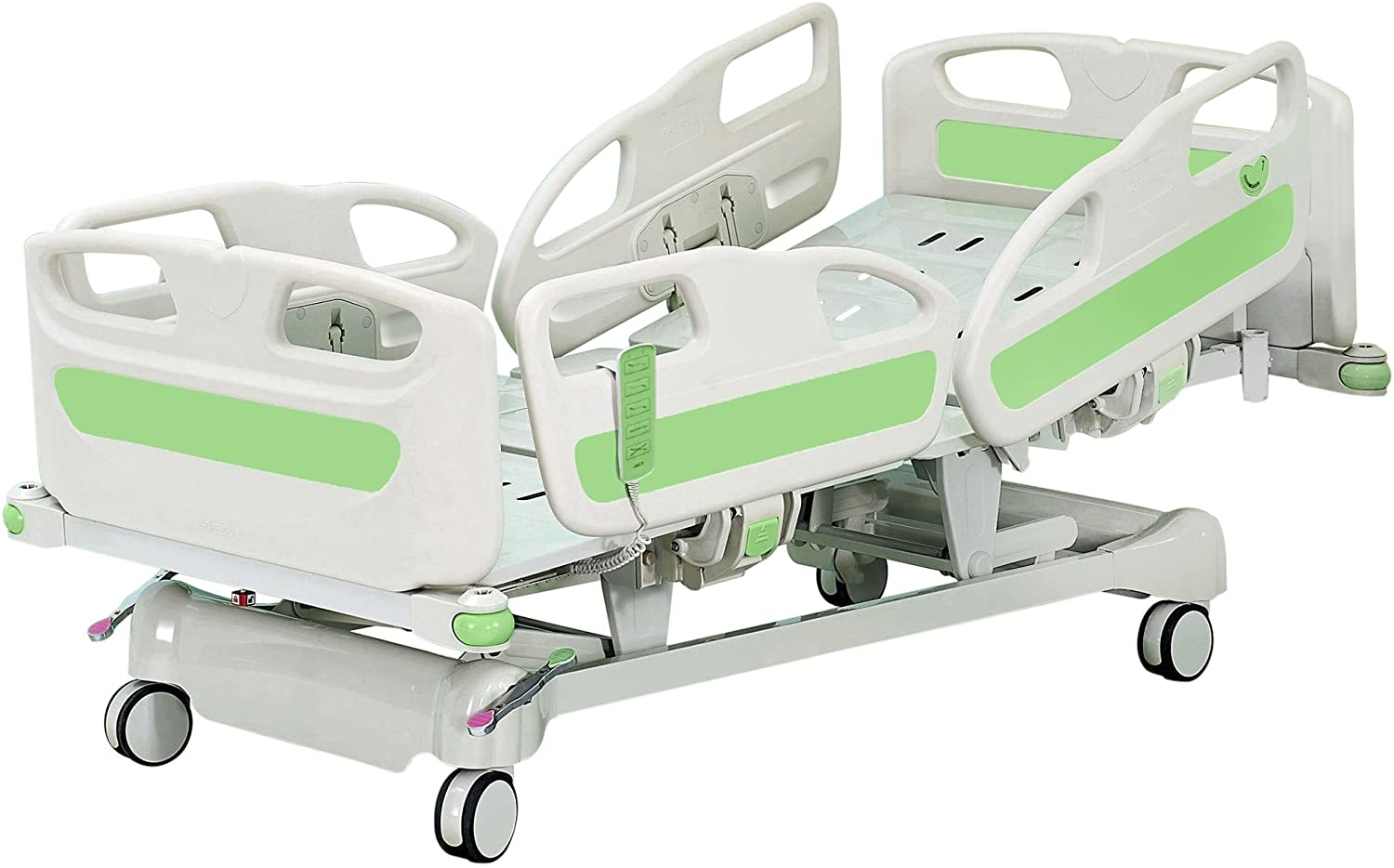



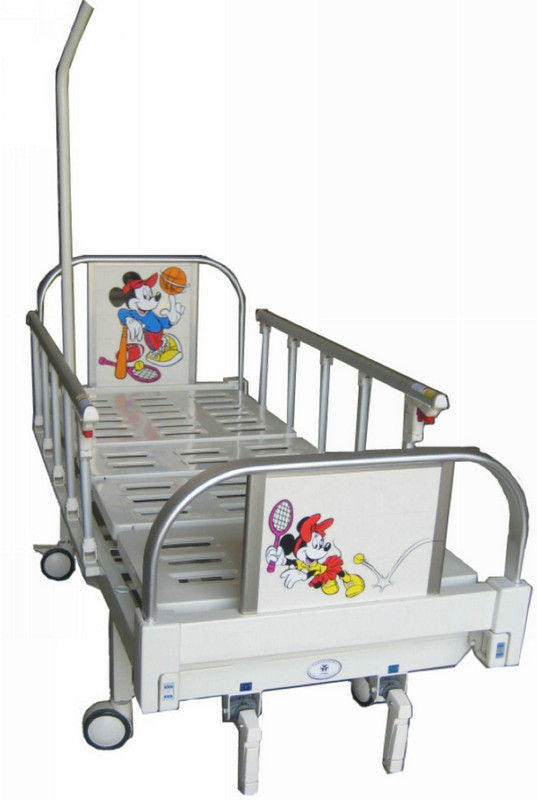




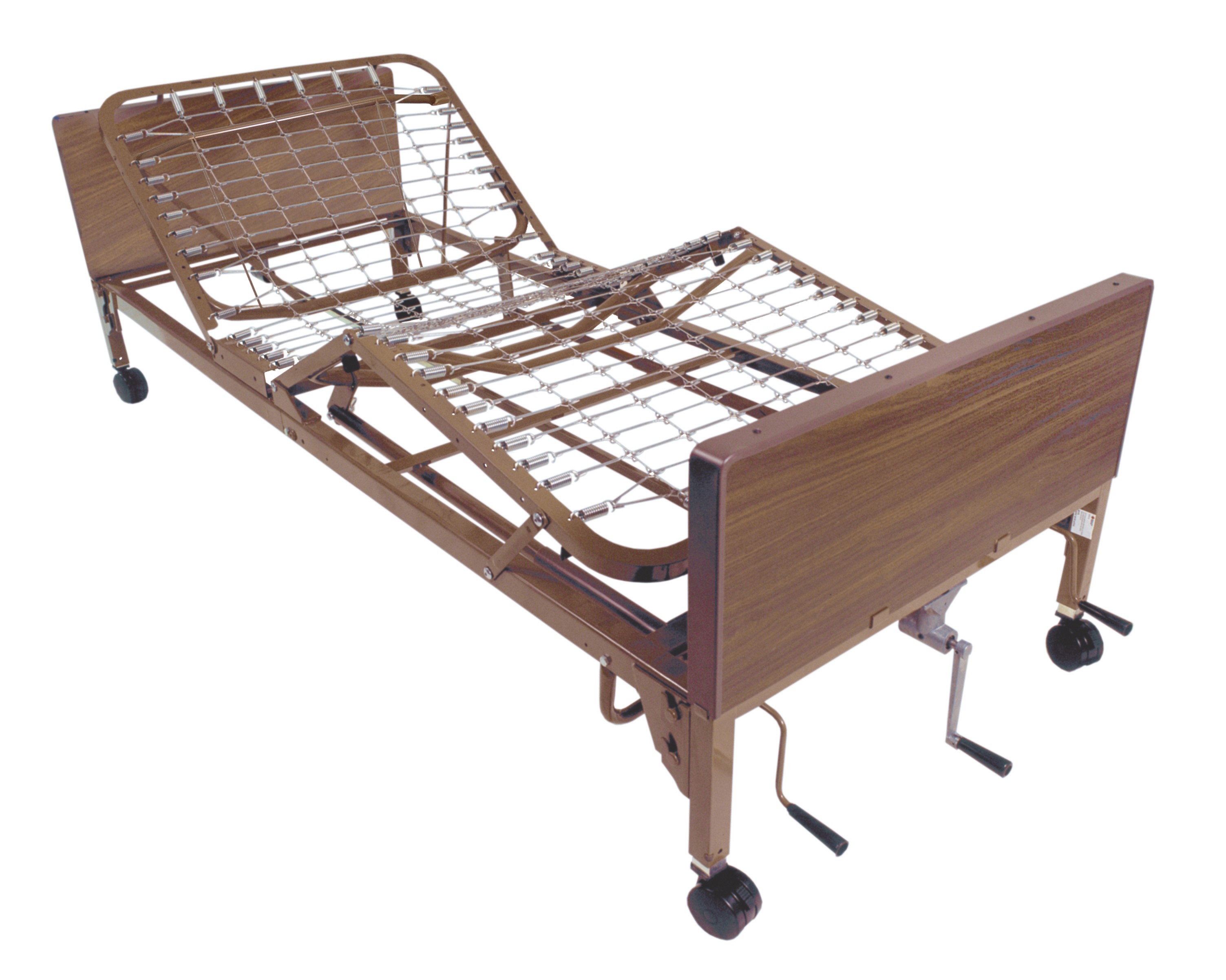





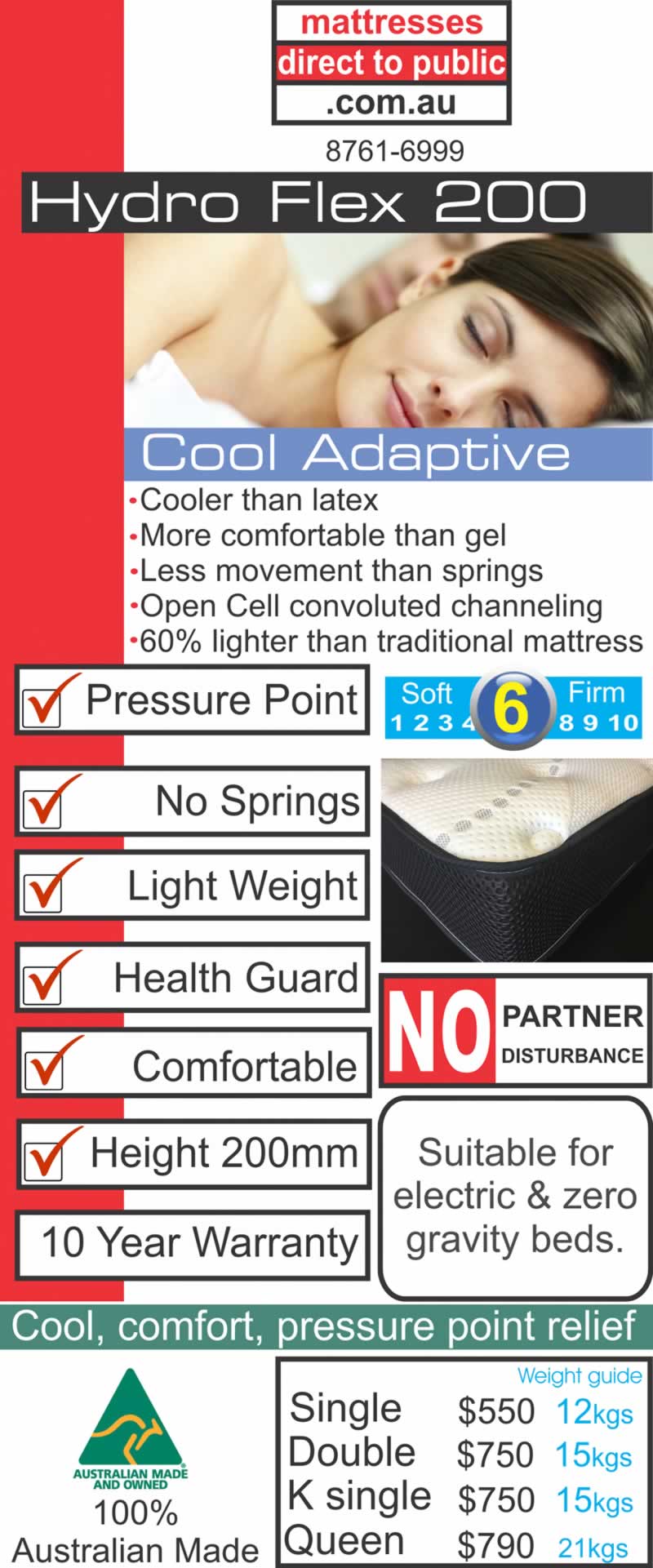
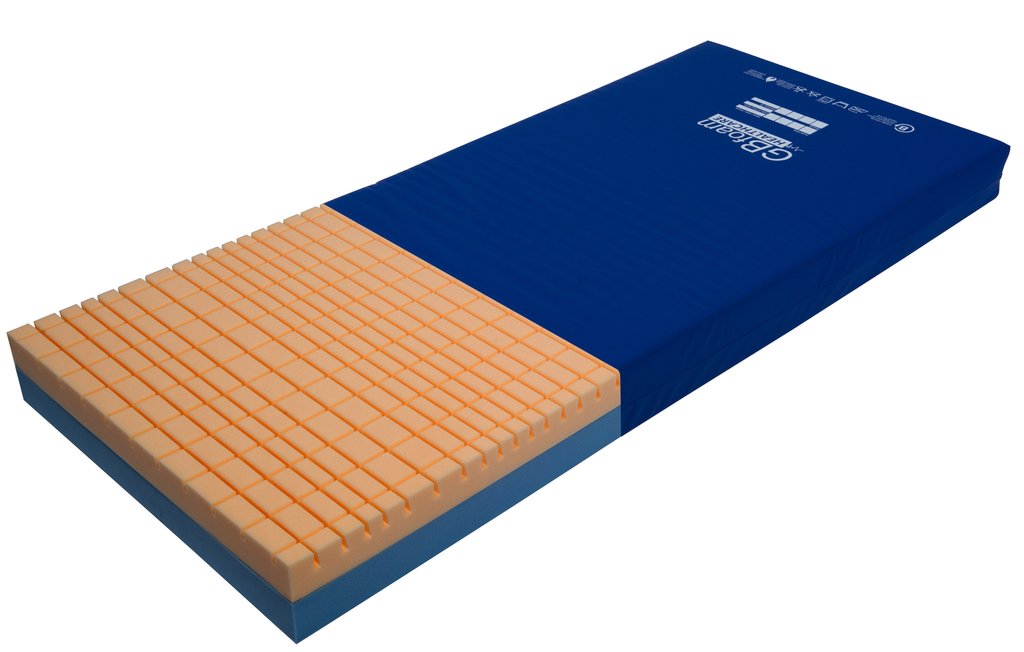
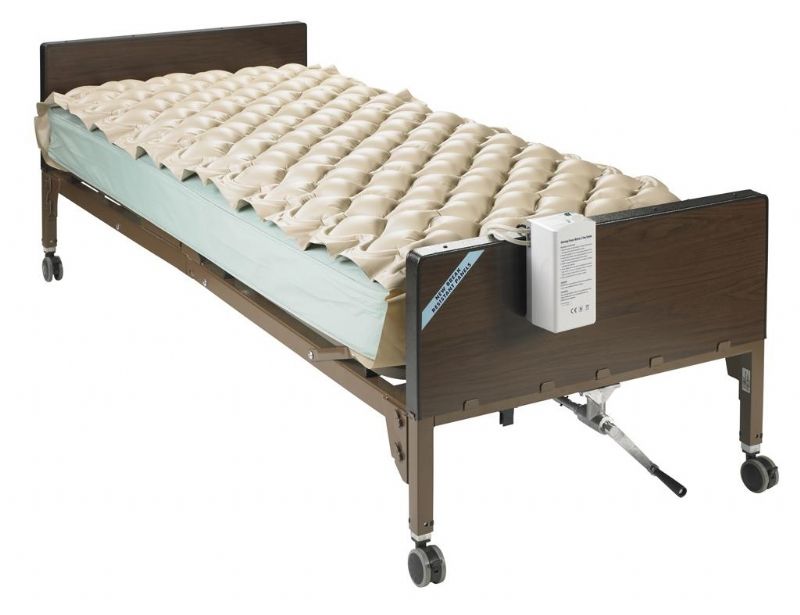
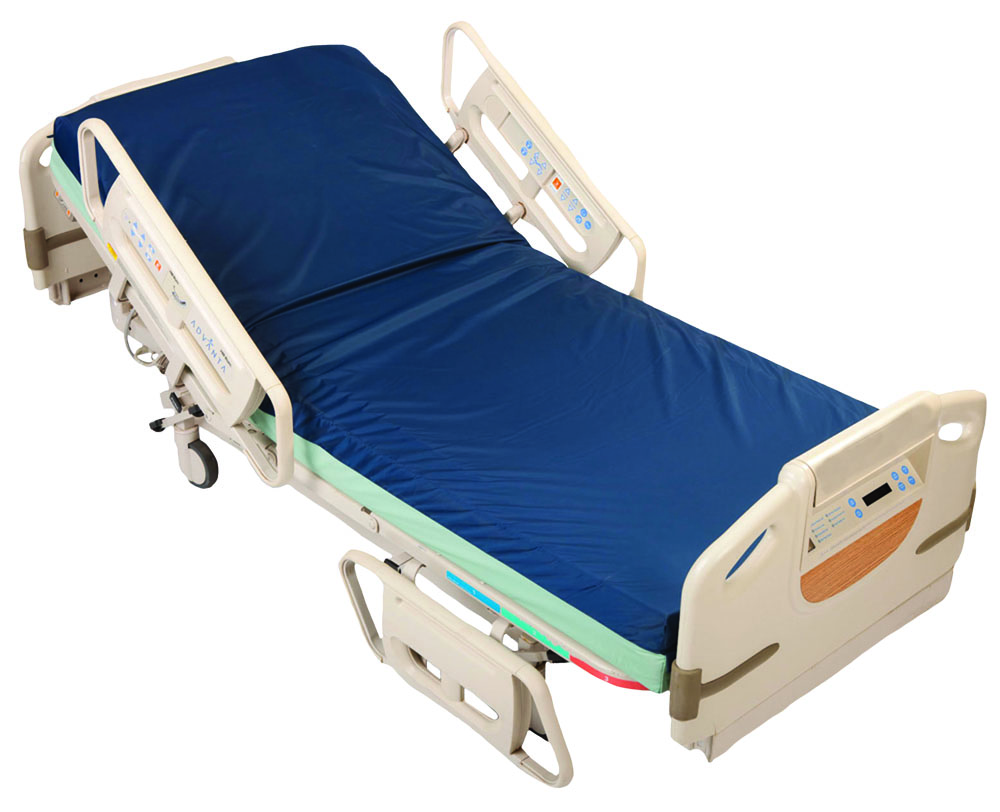
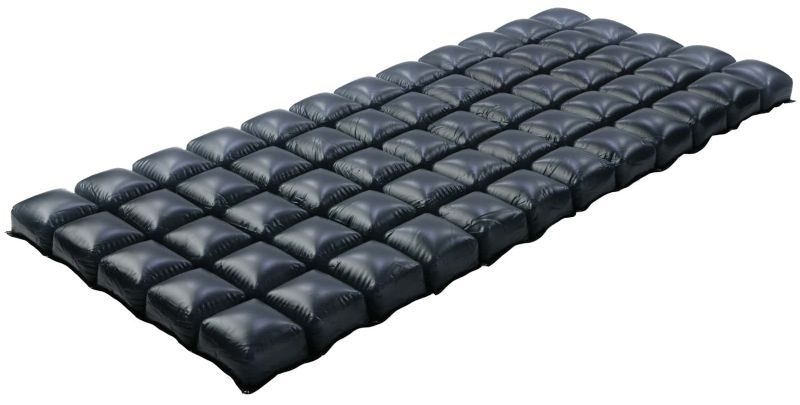

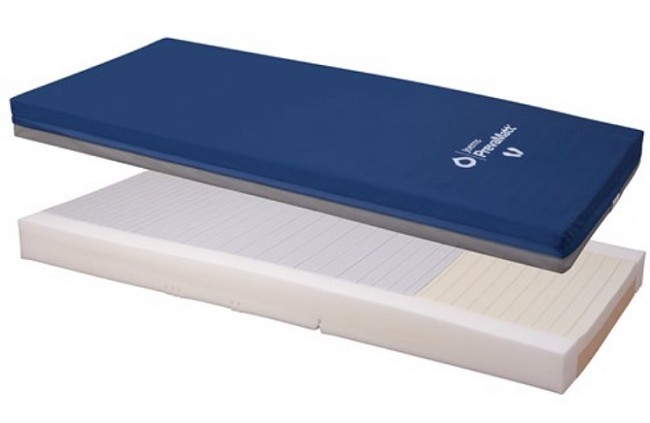

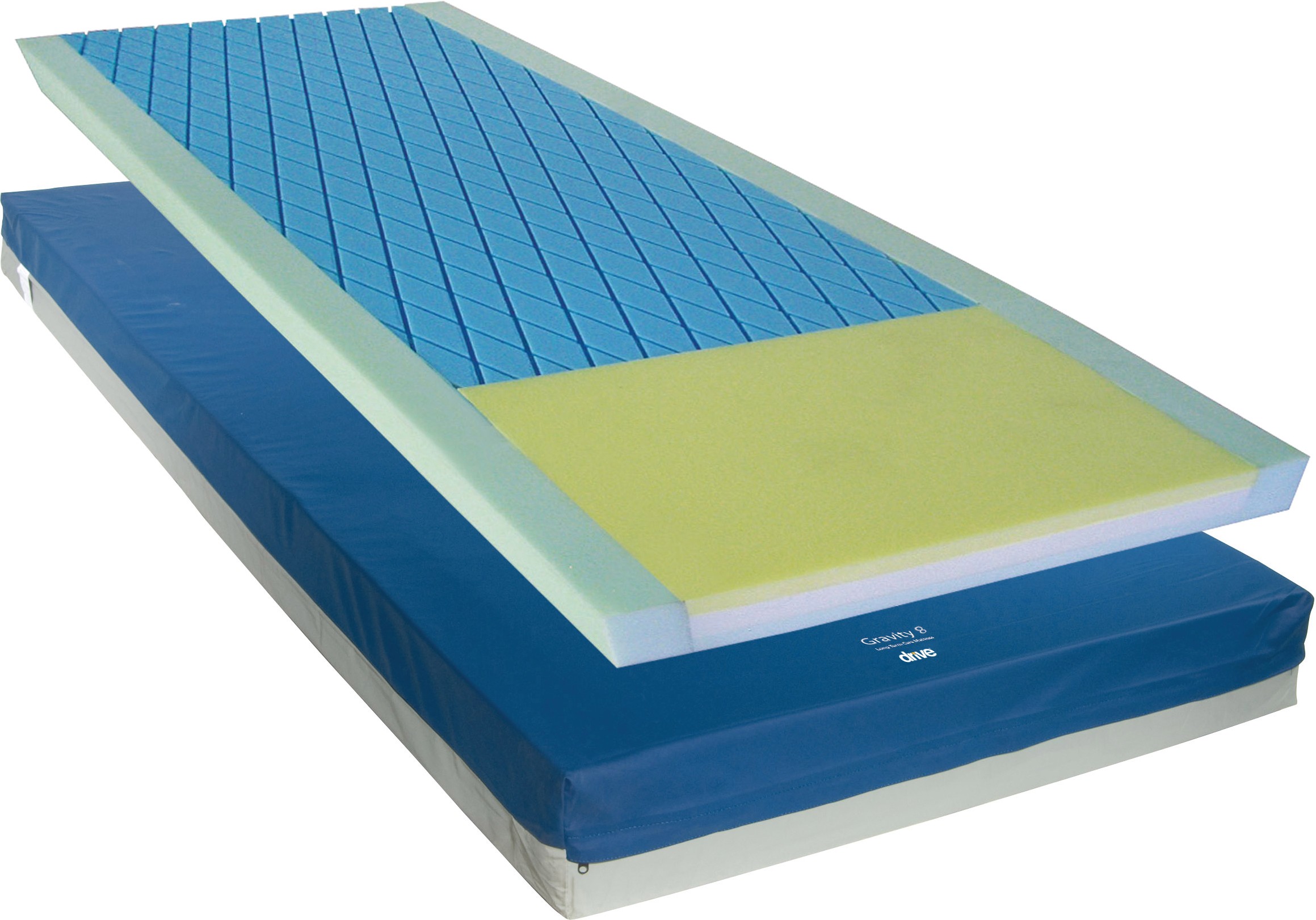
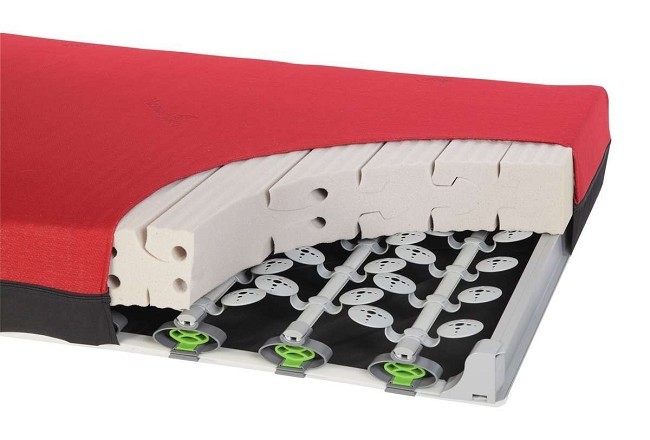
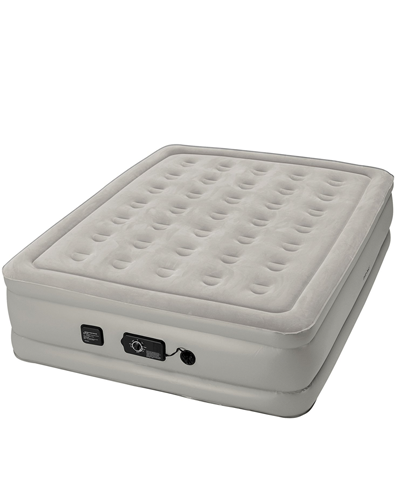

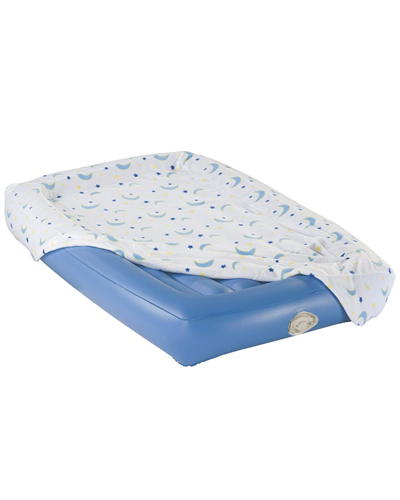
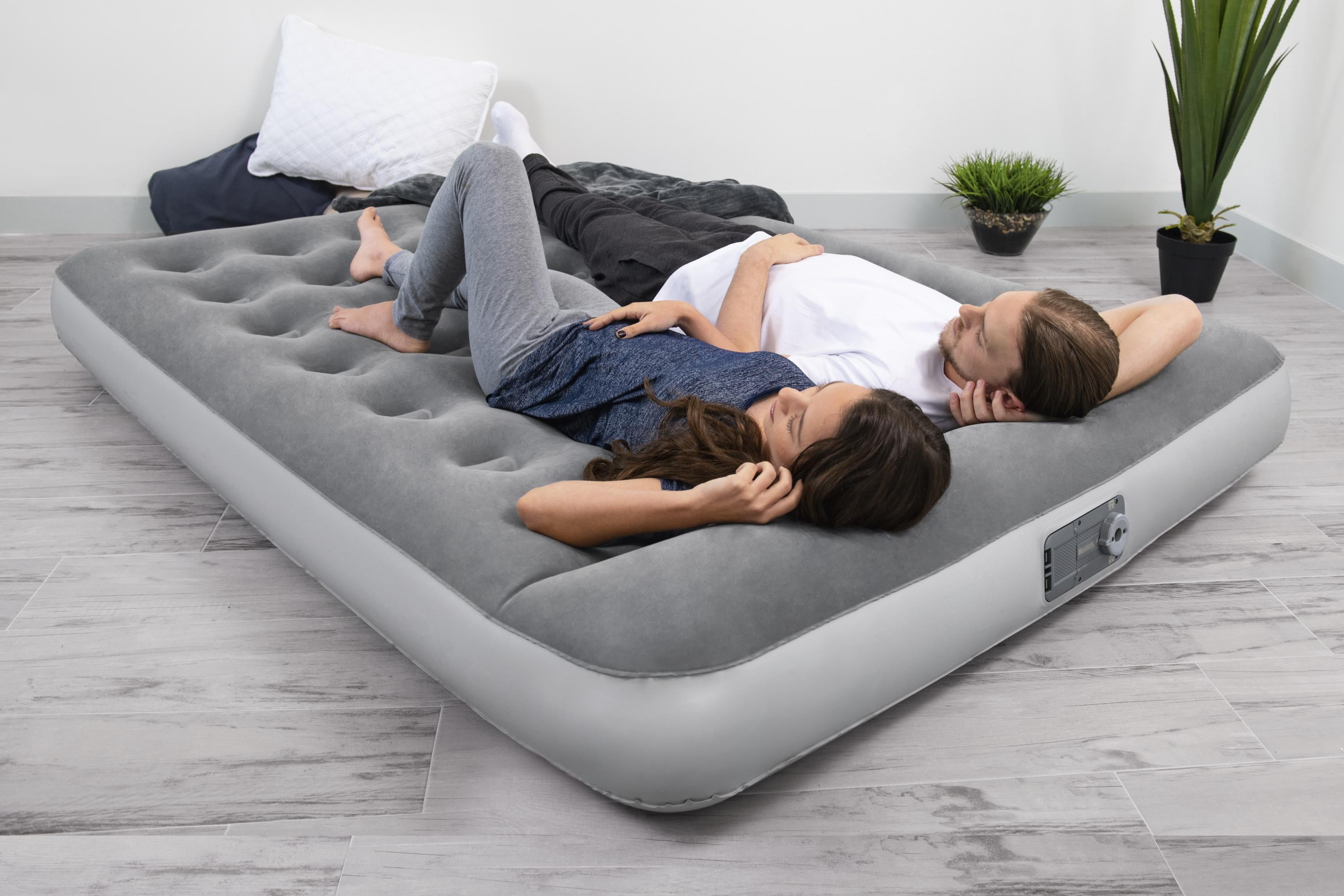
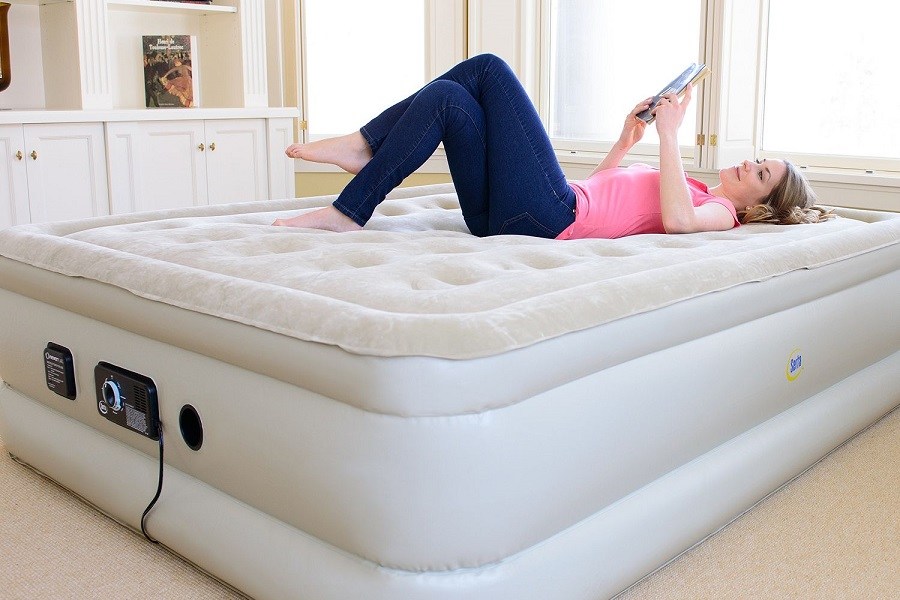

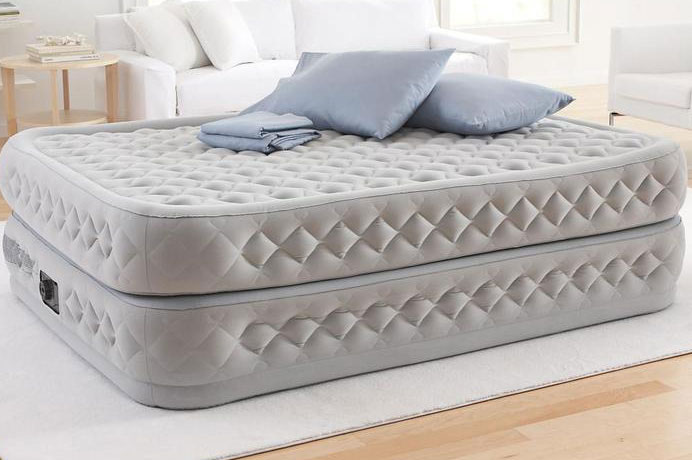
:max_bytes(150000):strip_icc()/aerobed-opti-comfort-queen-air-mattress-with-headboard-93c9f99d65ee4cce88edf90b9411b1cd.jpg)


